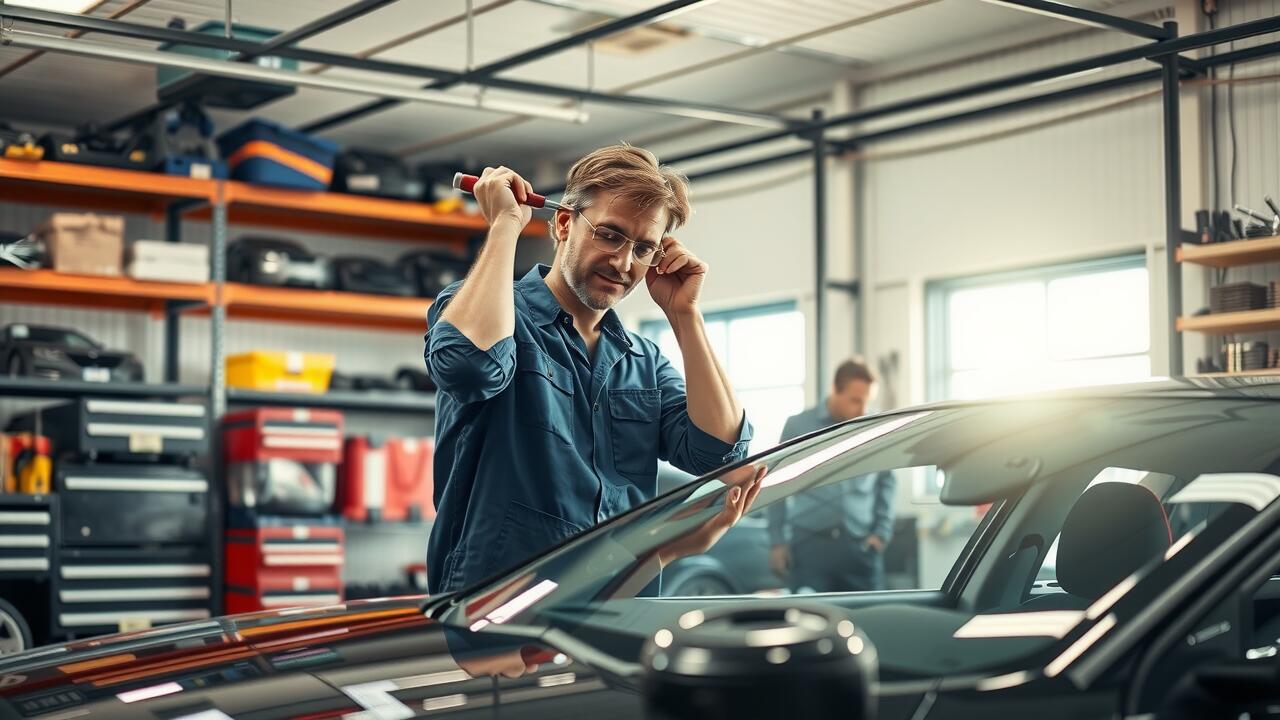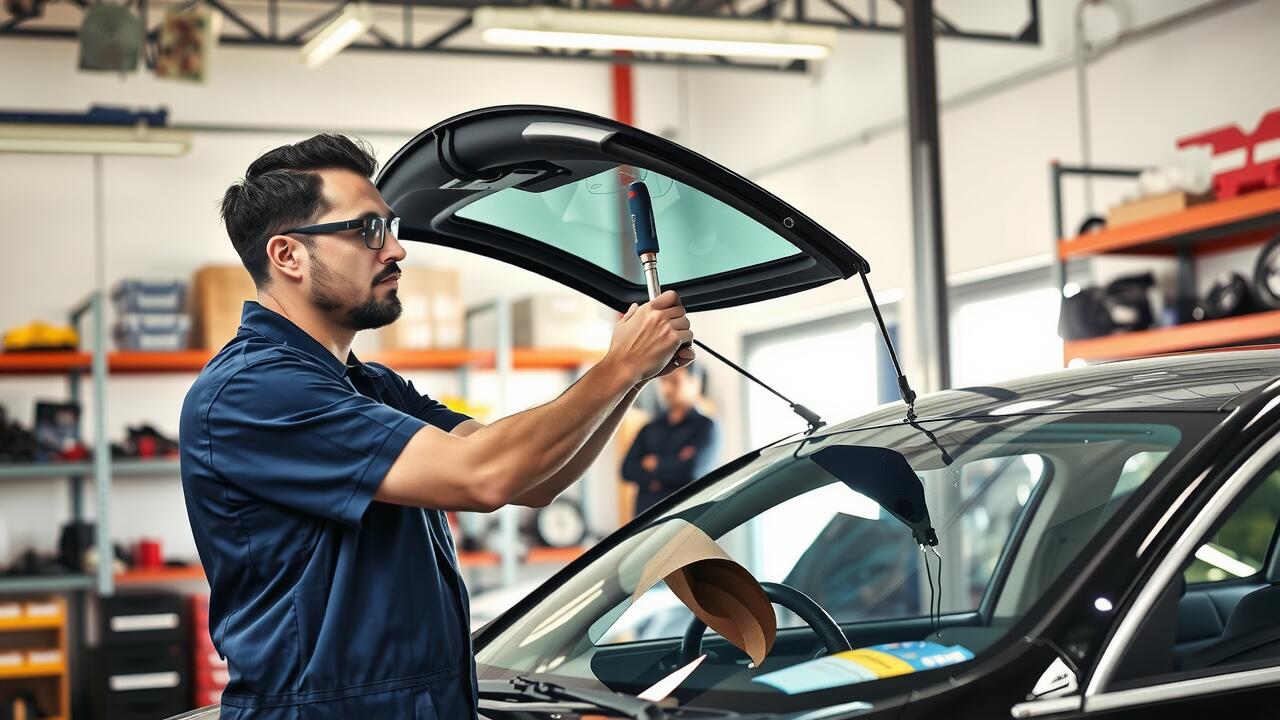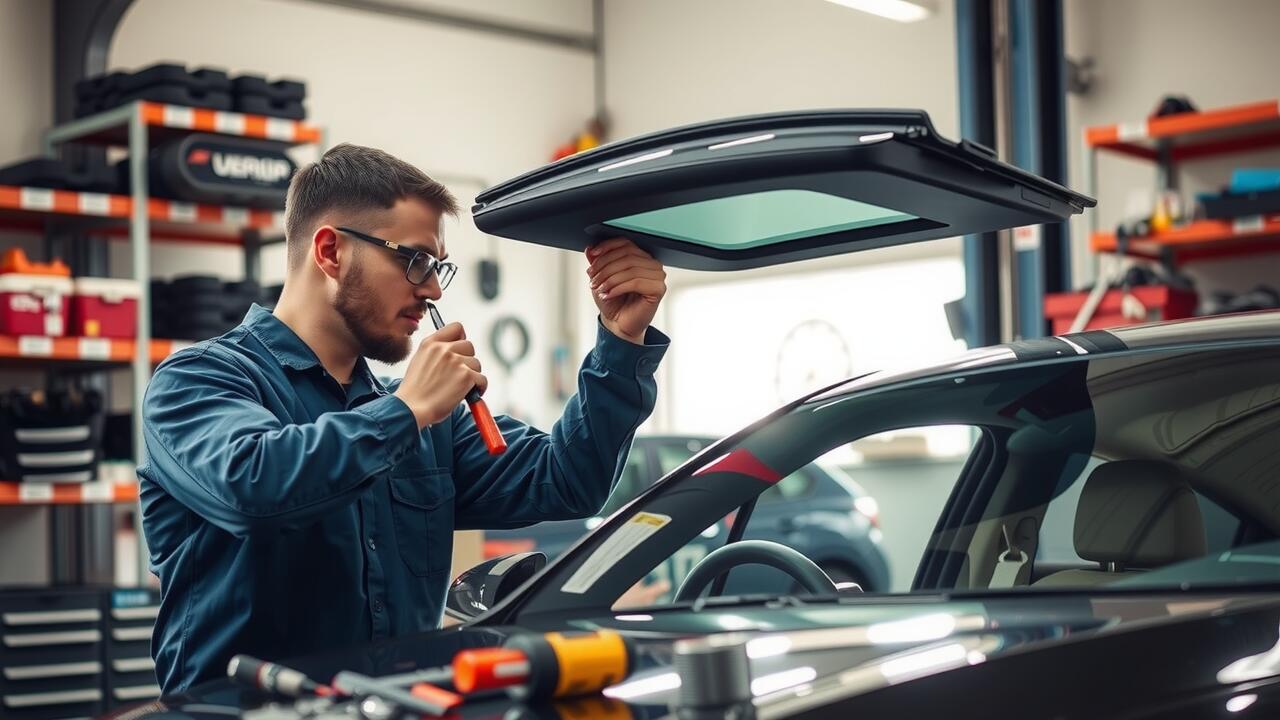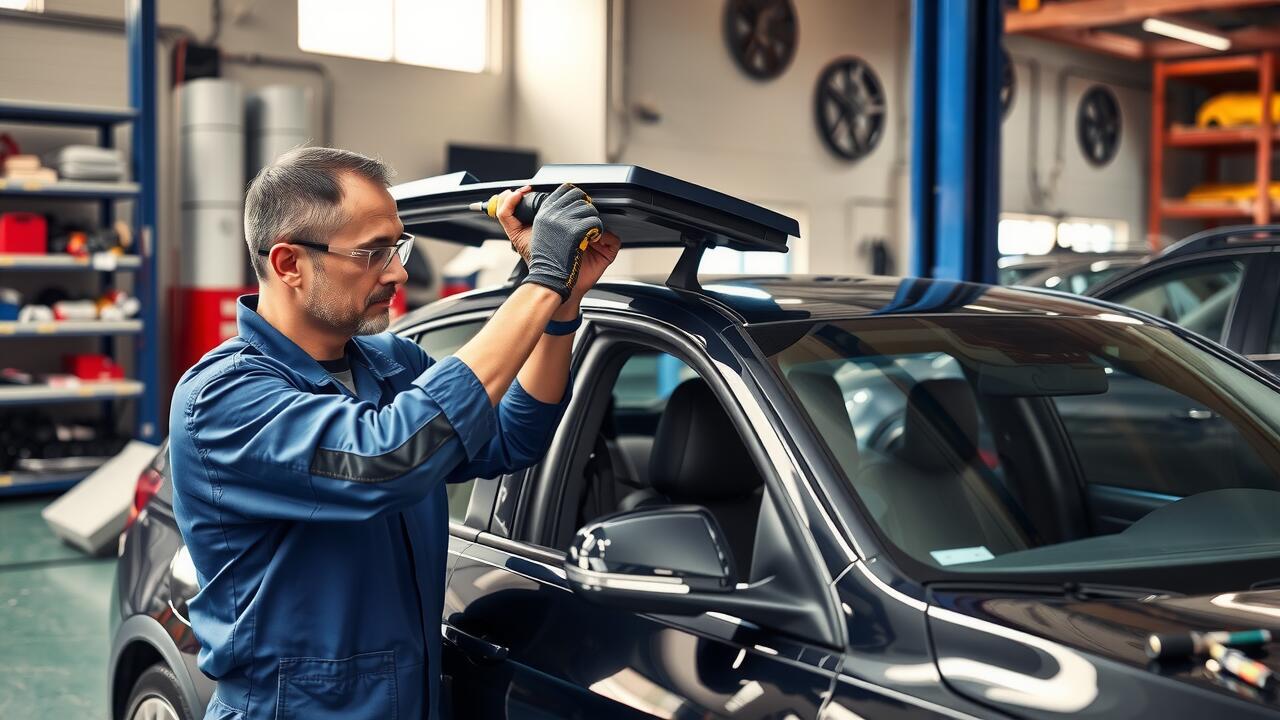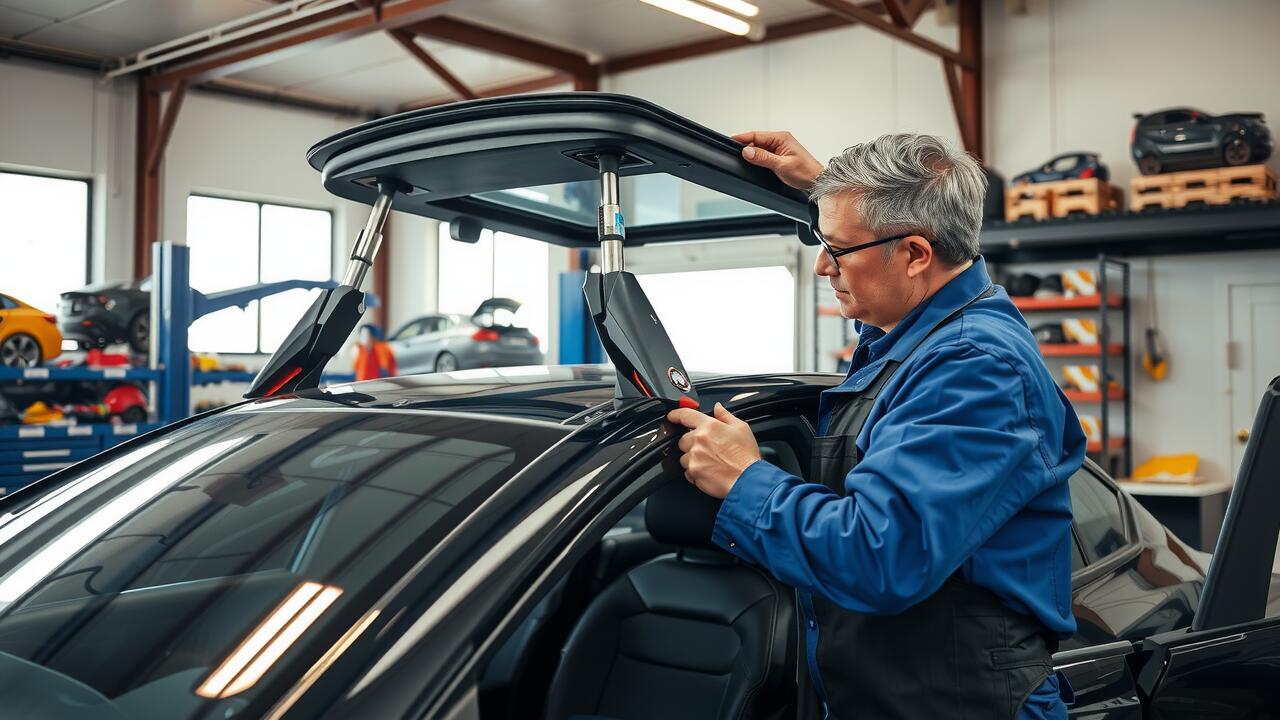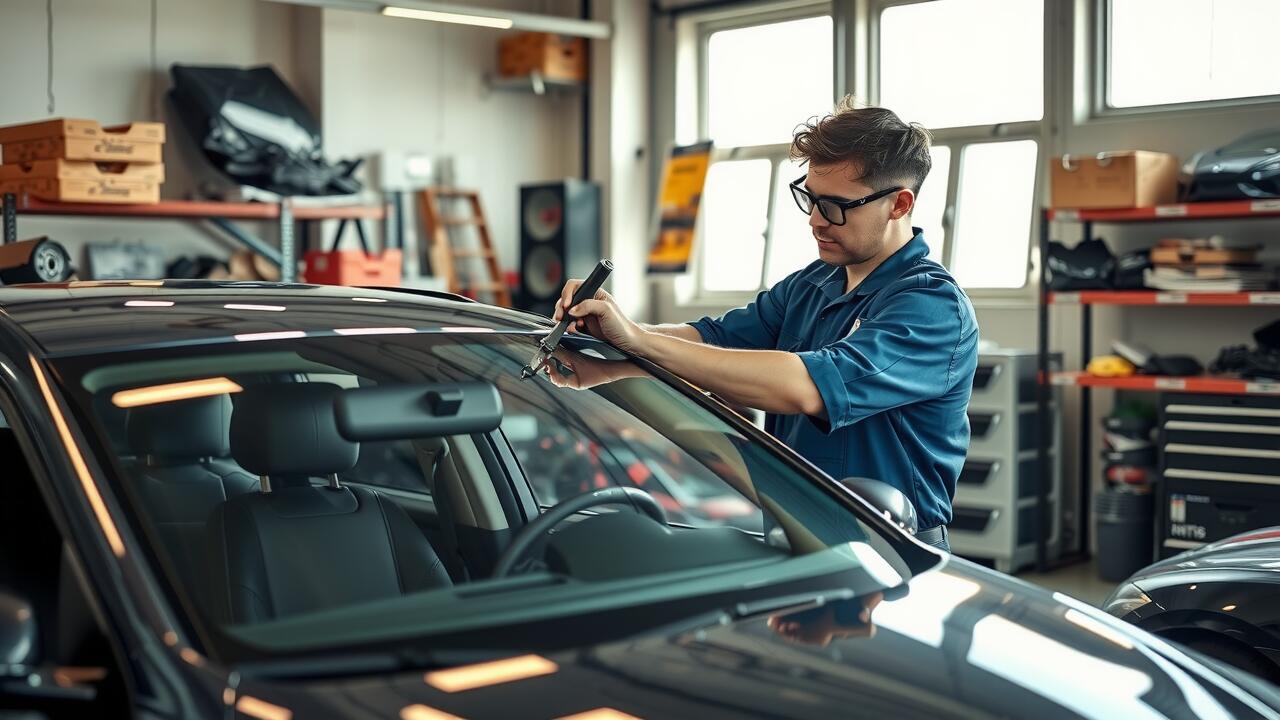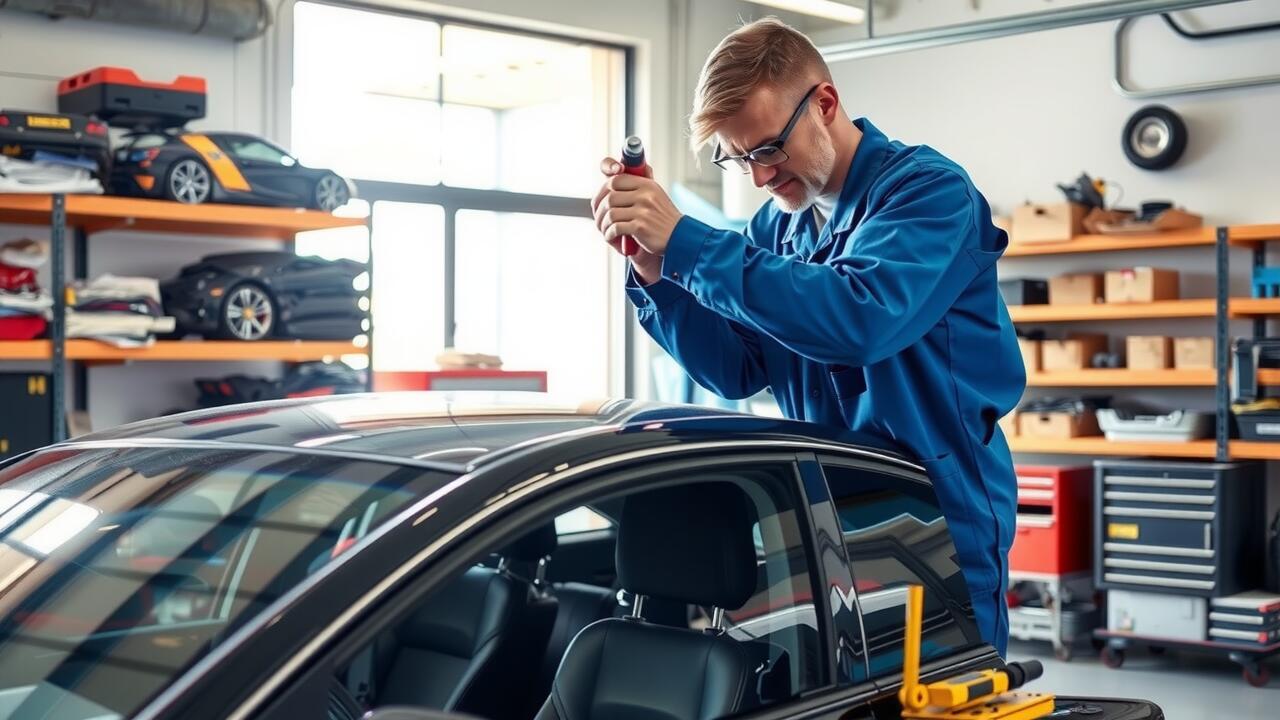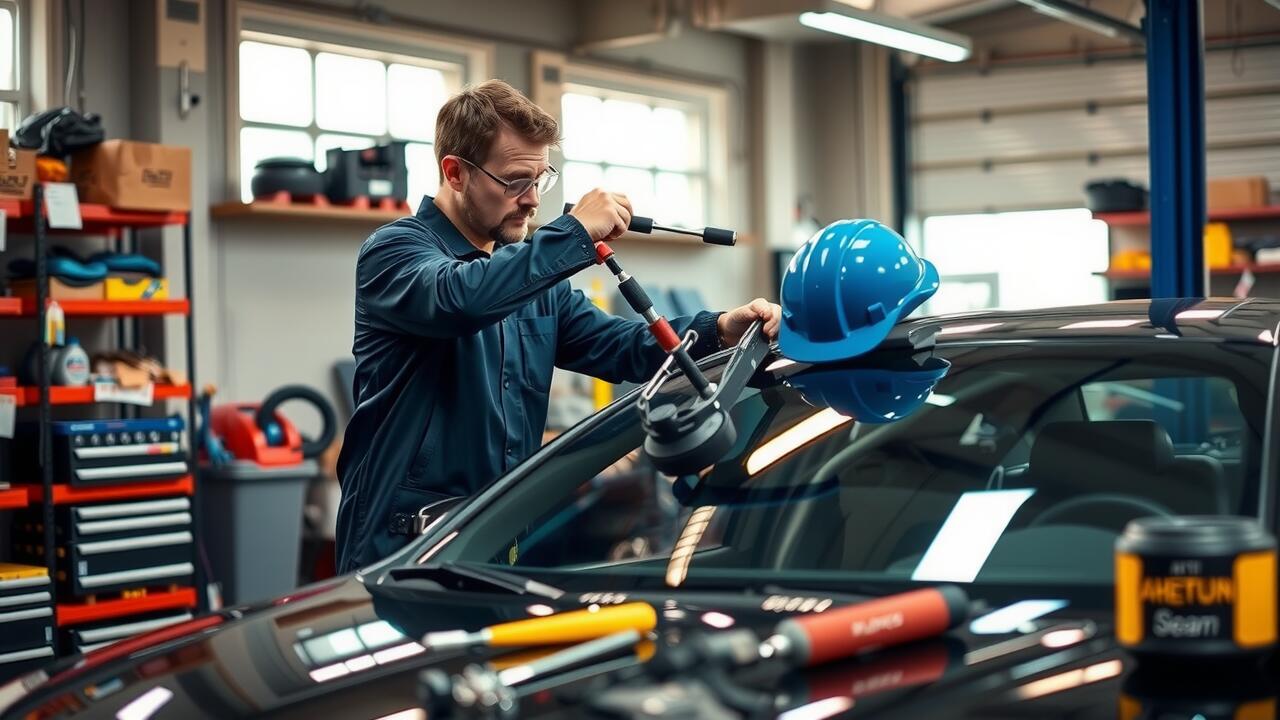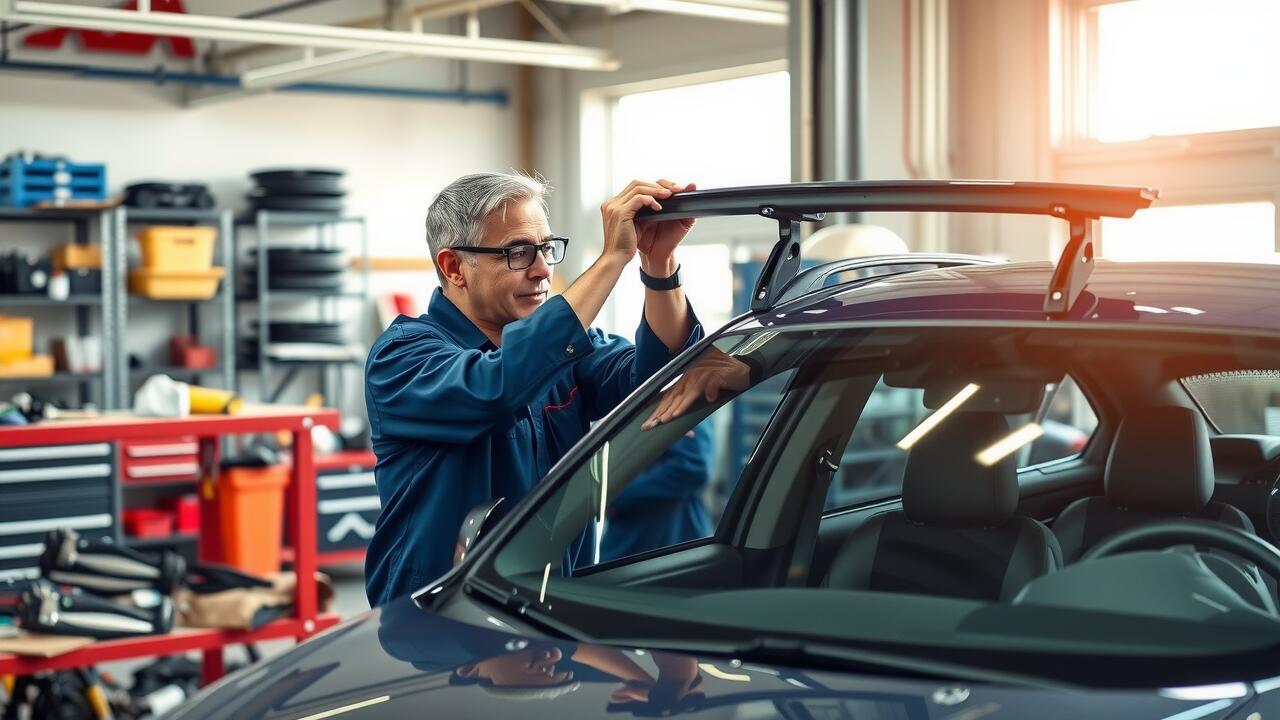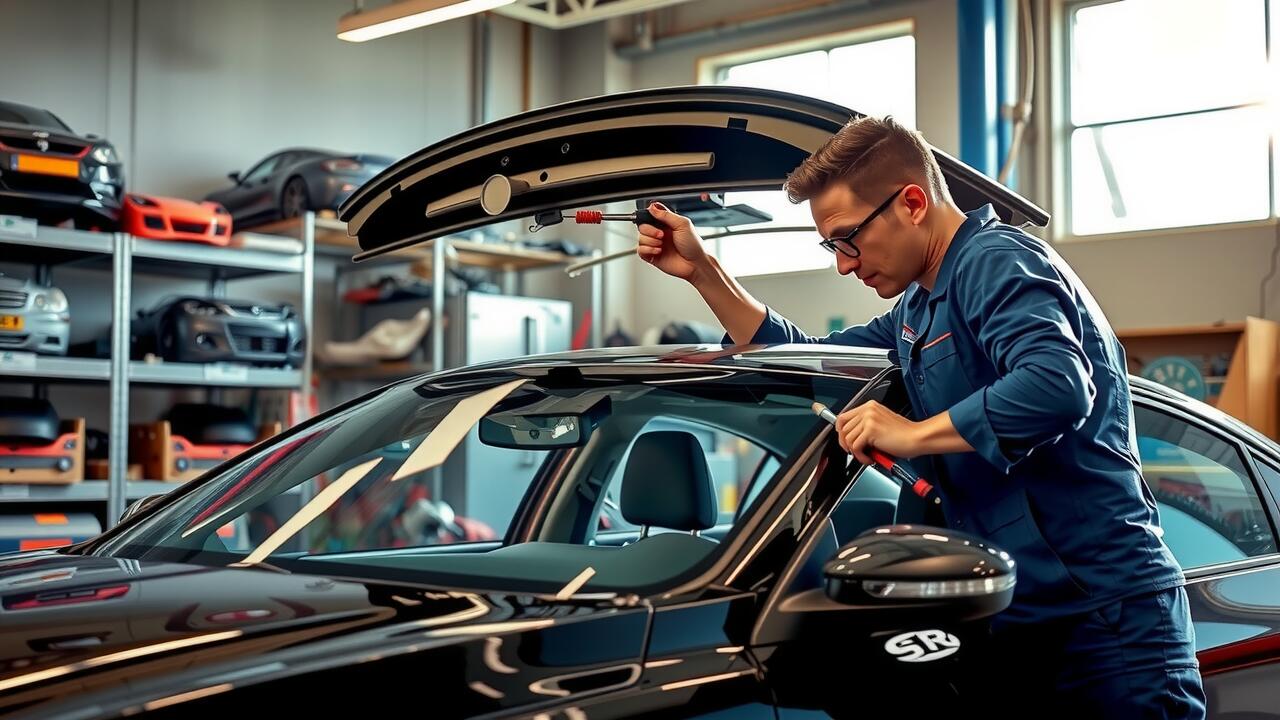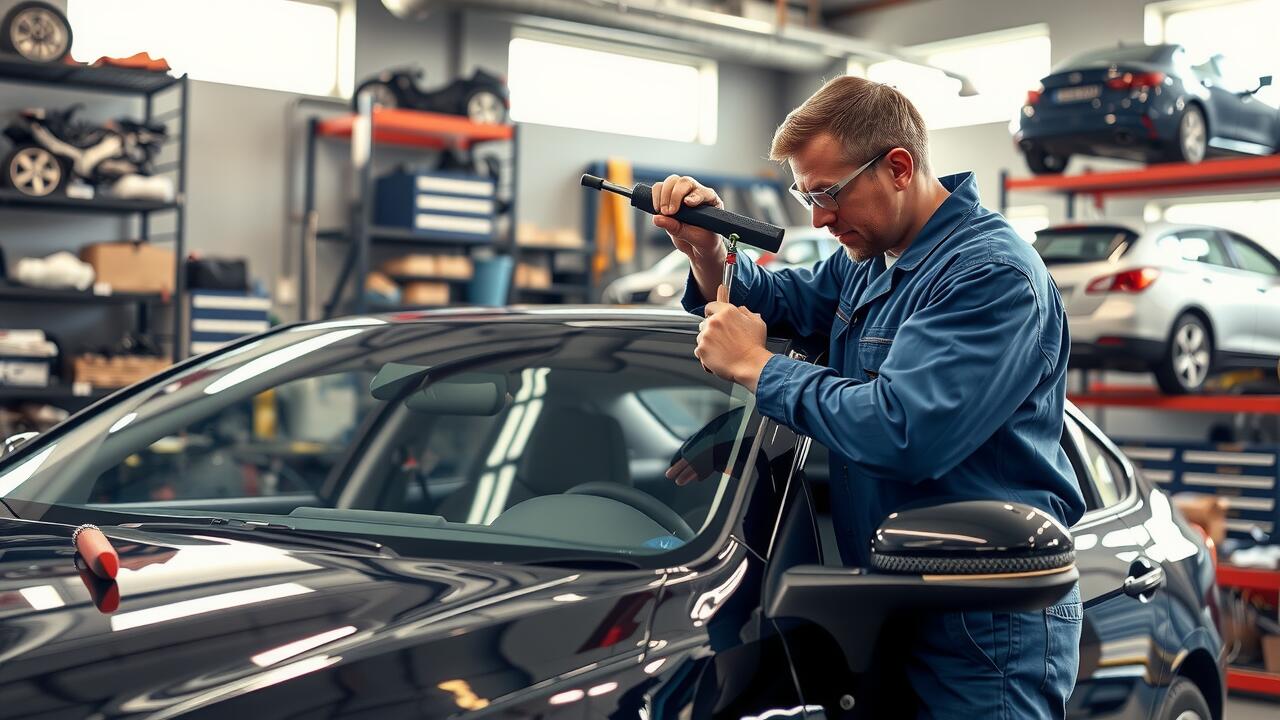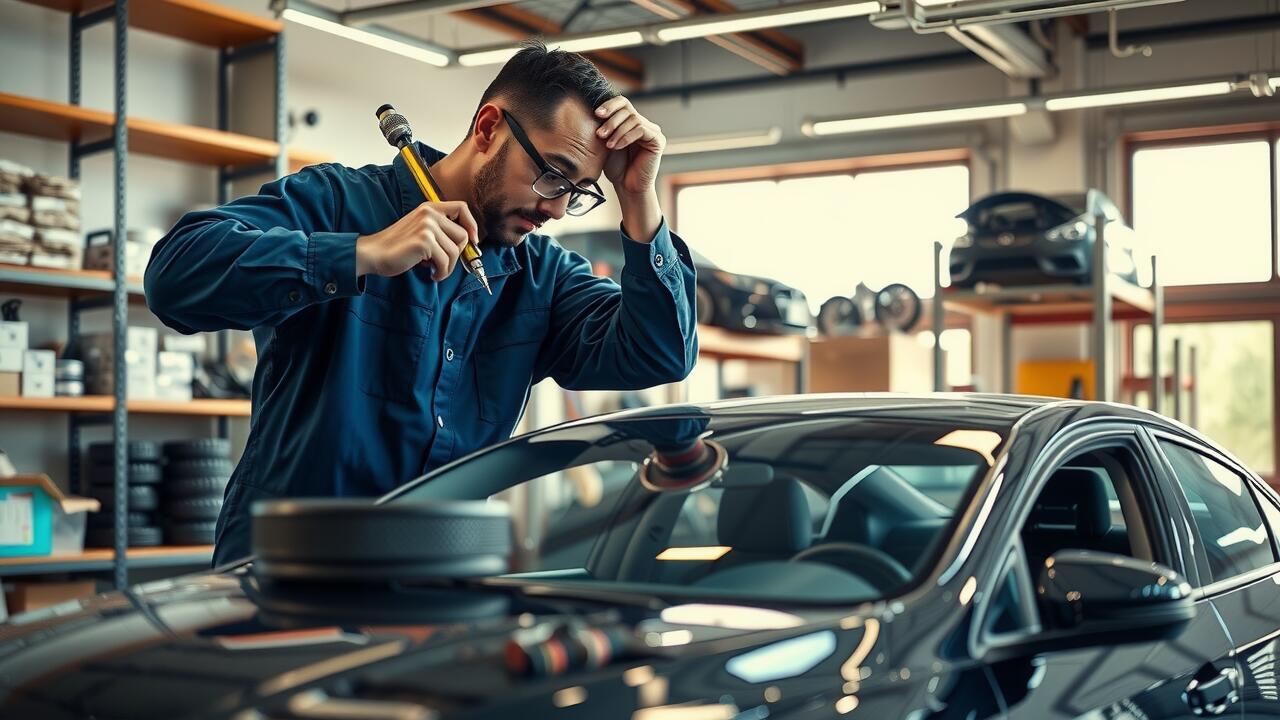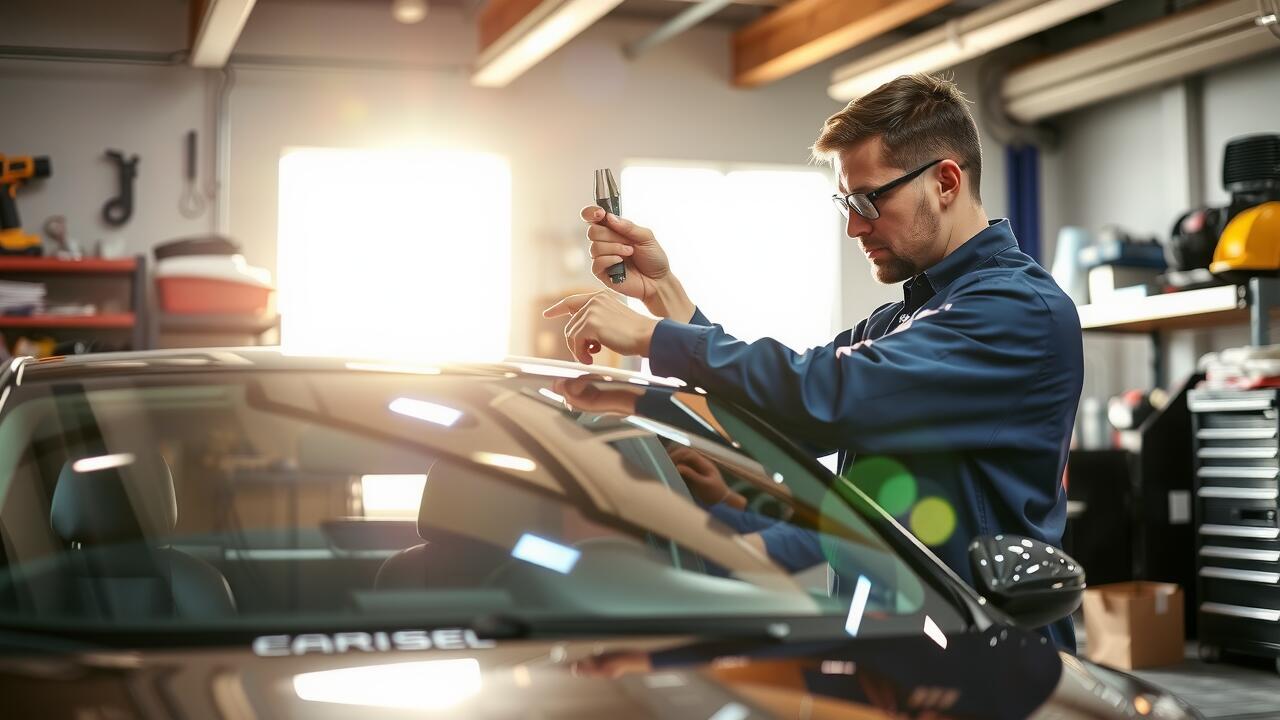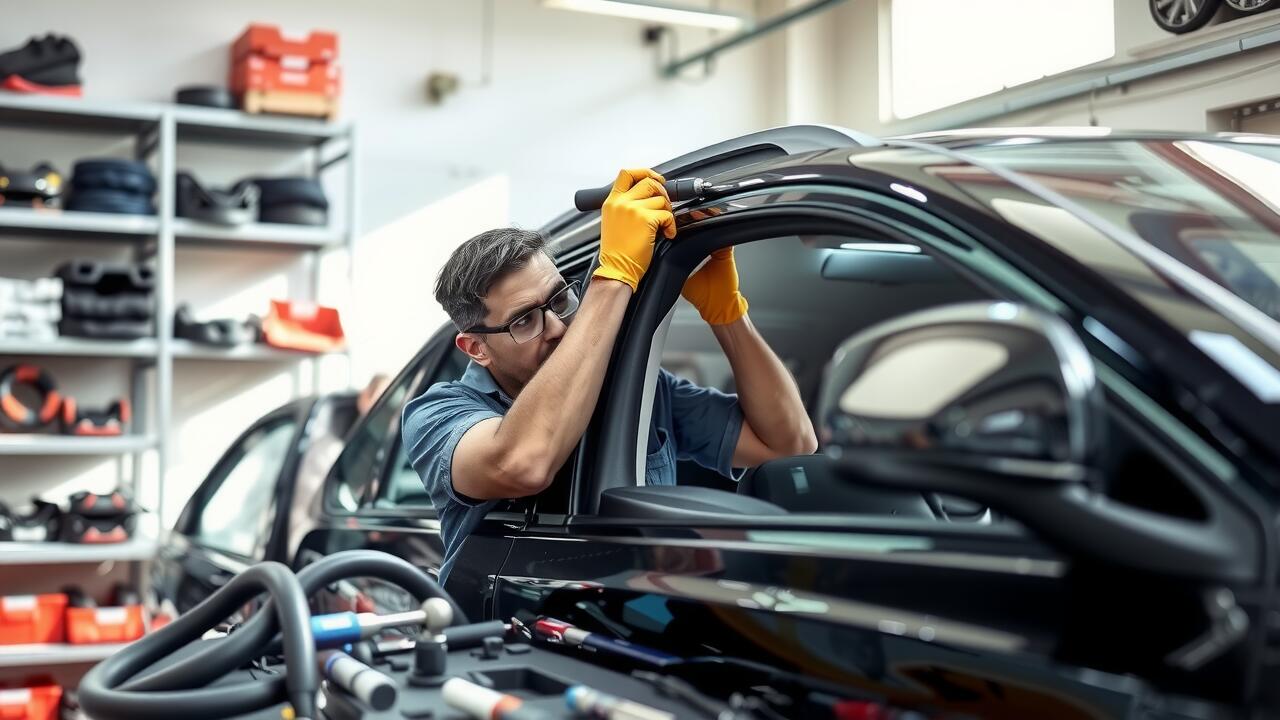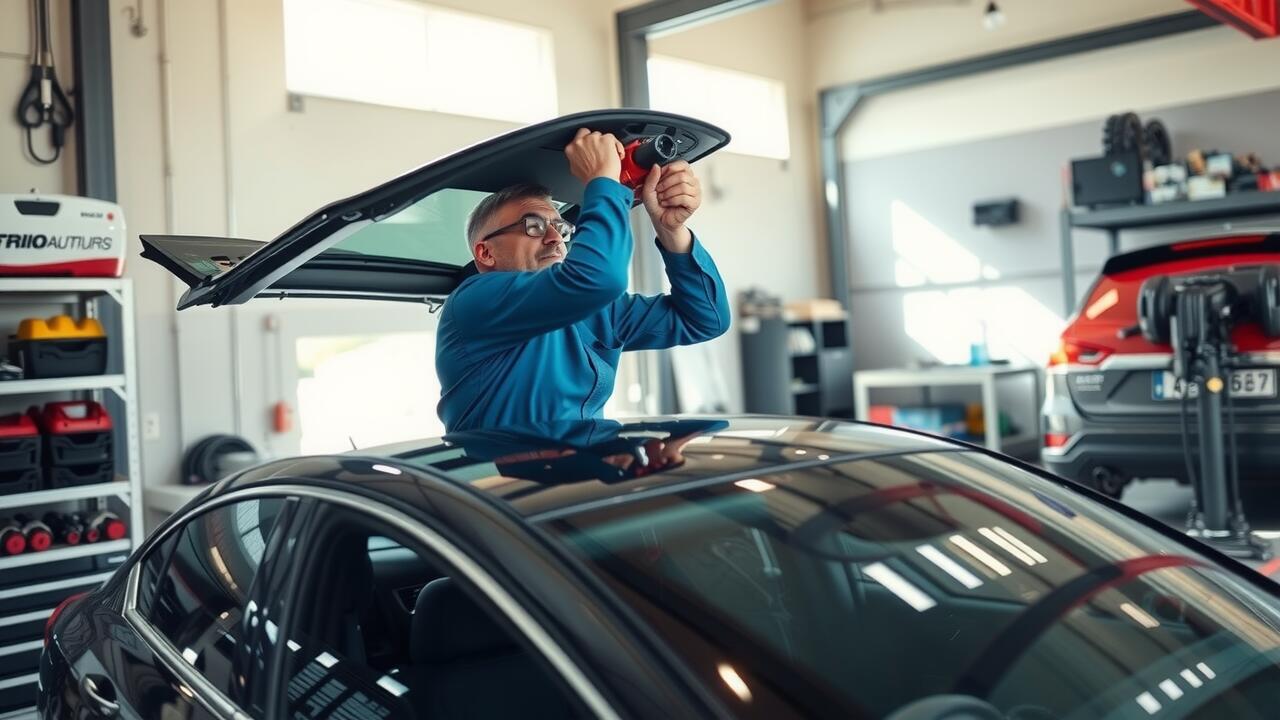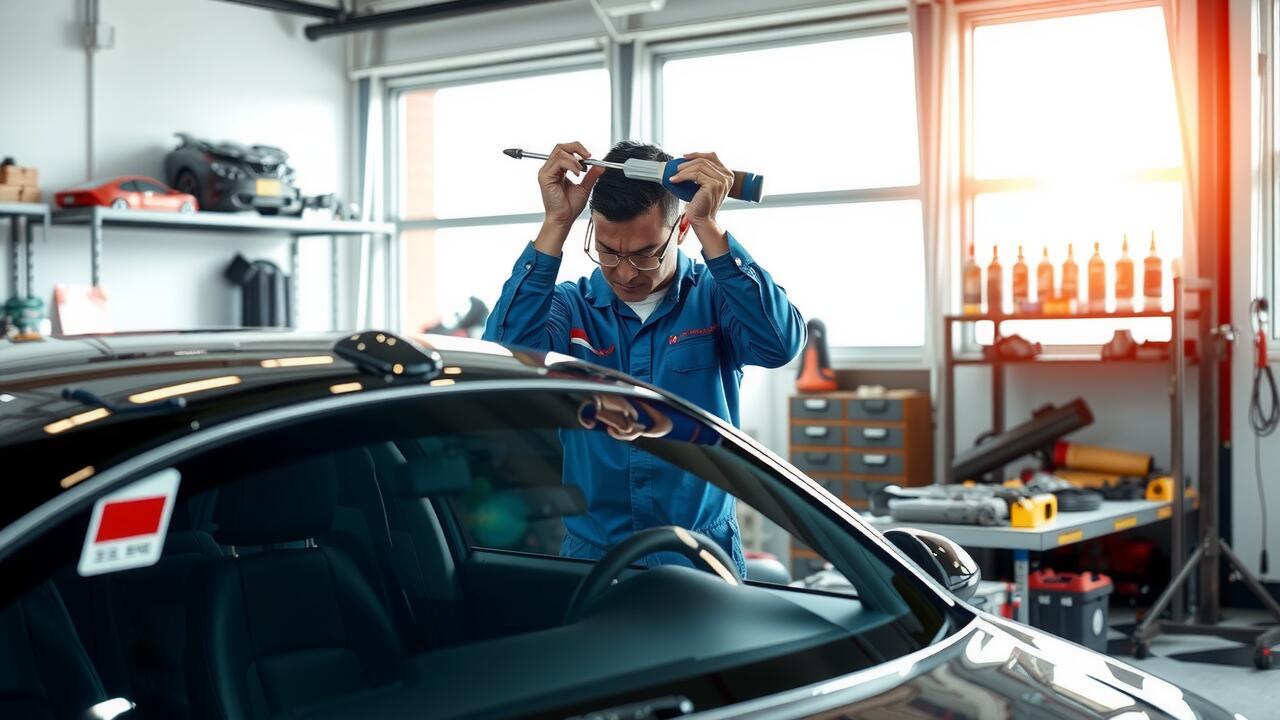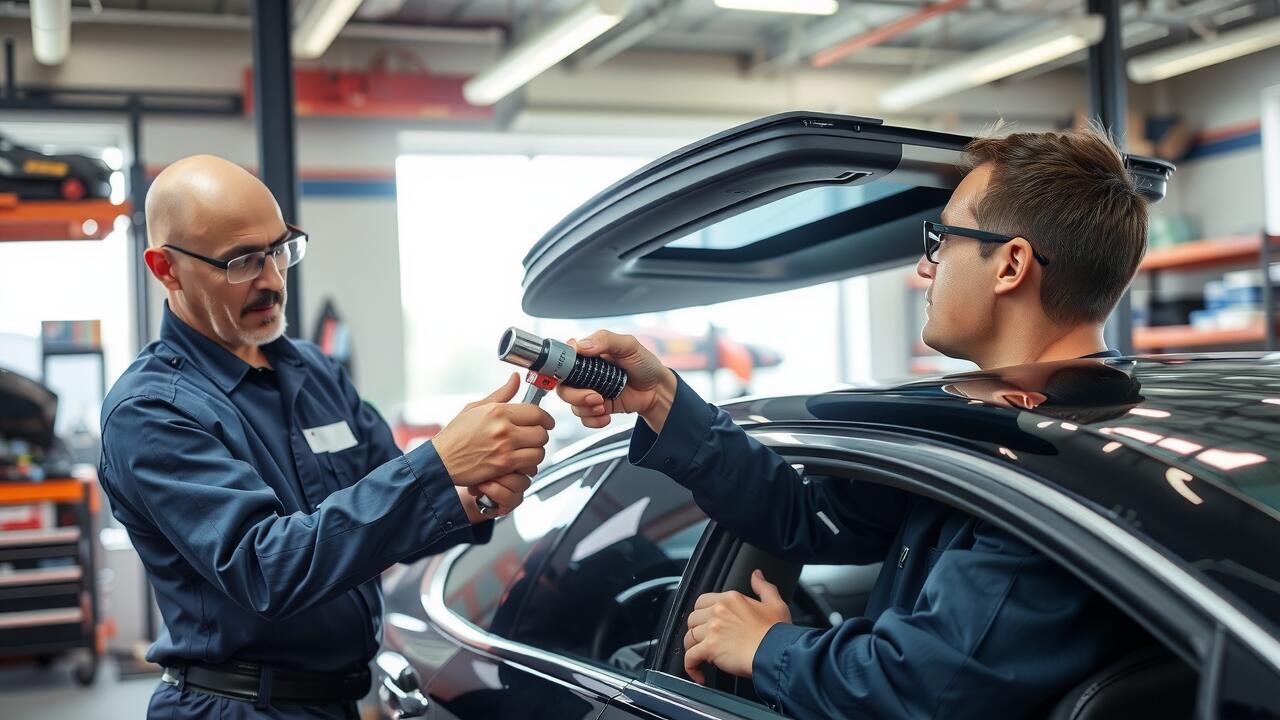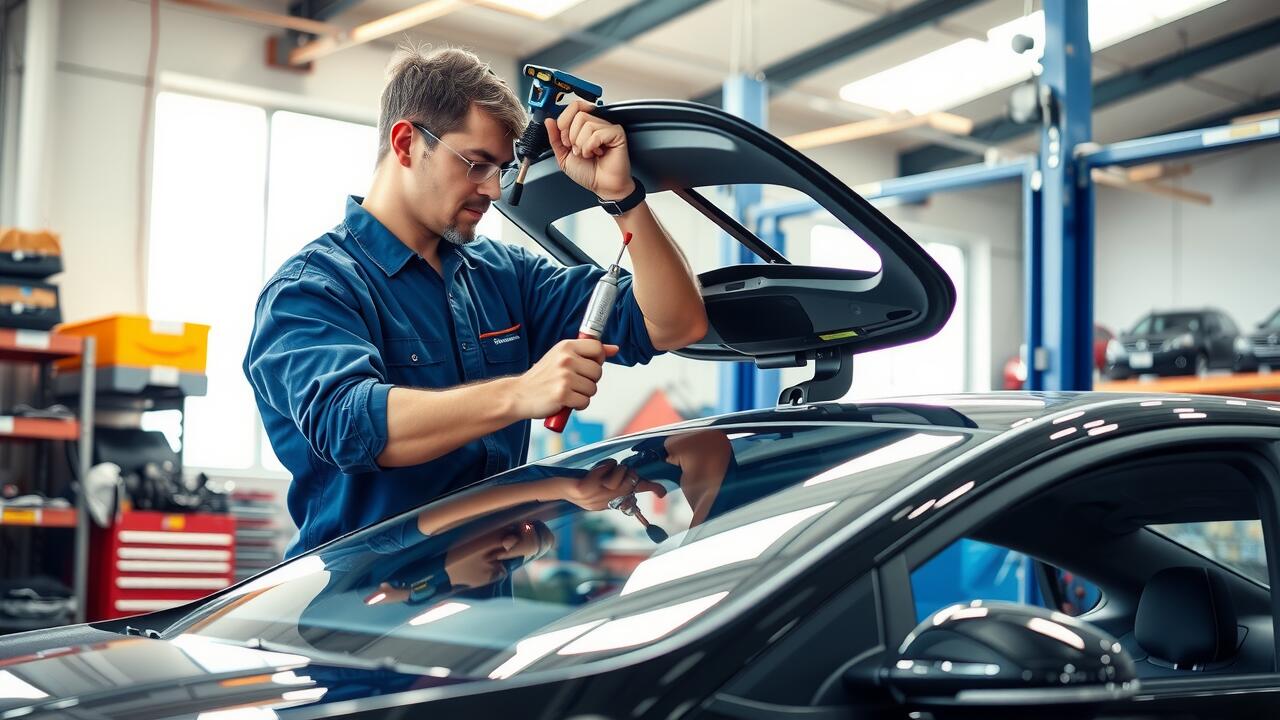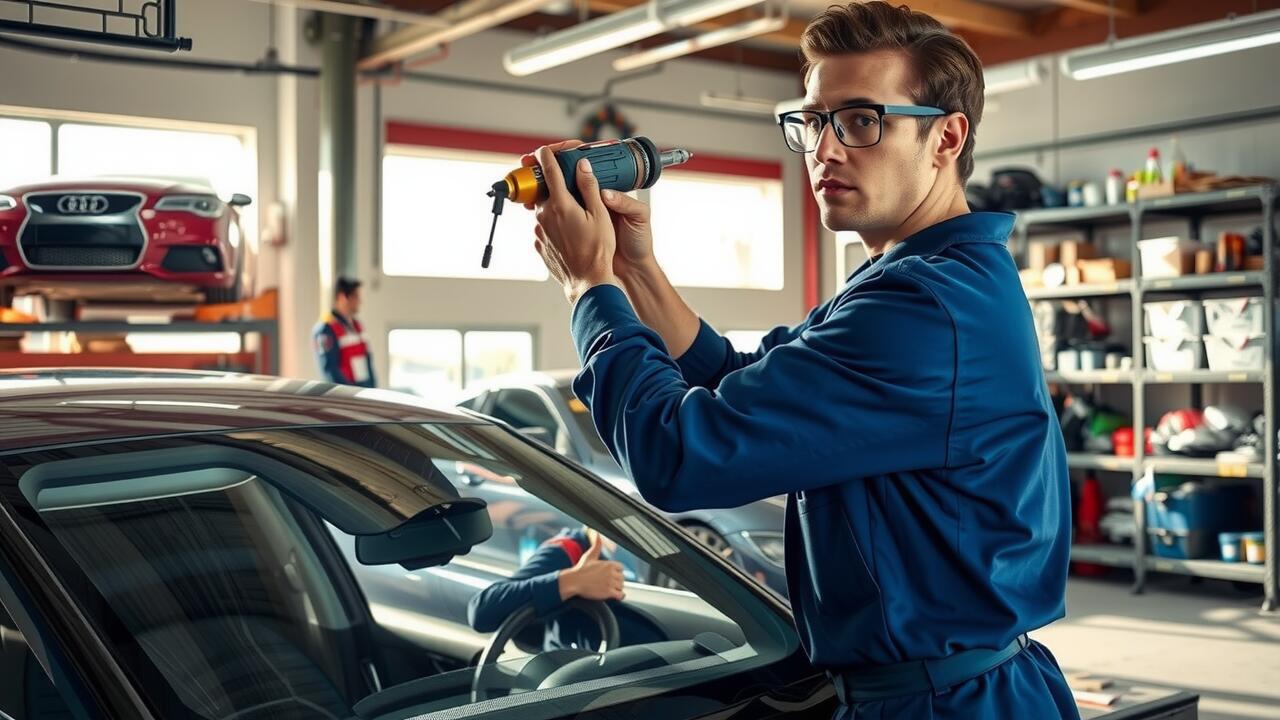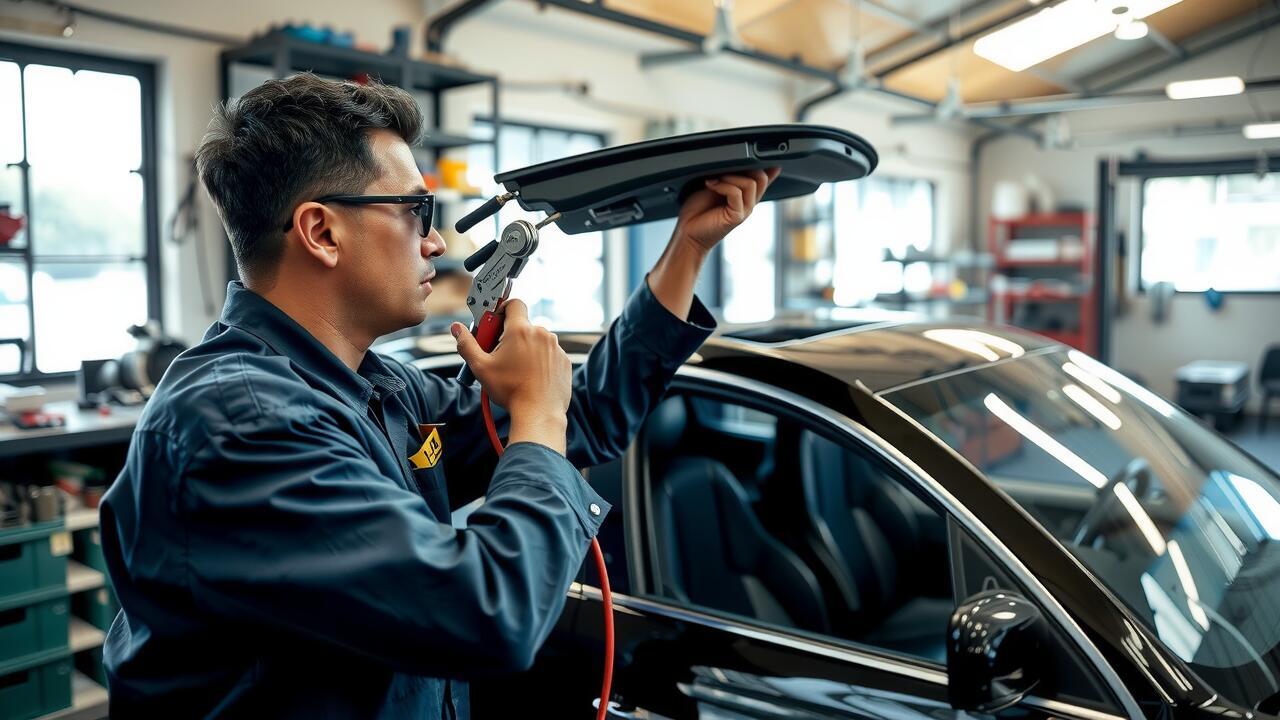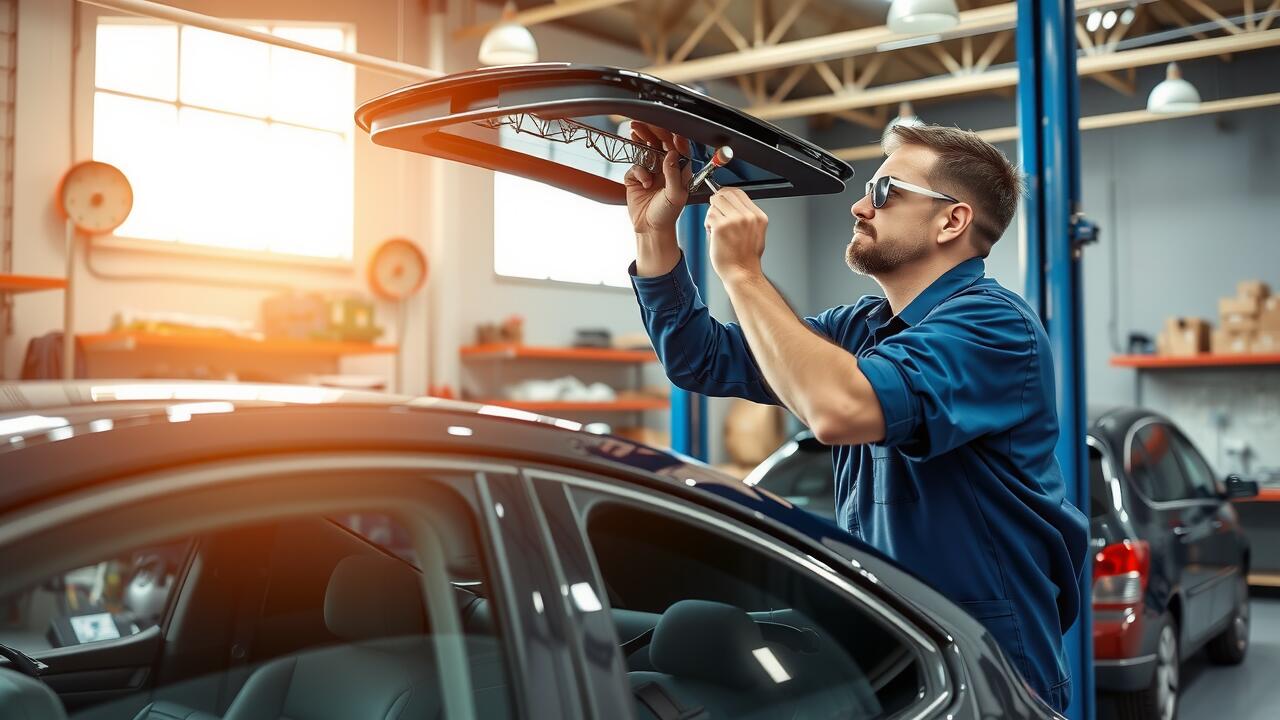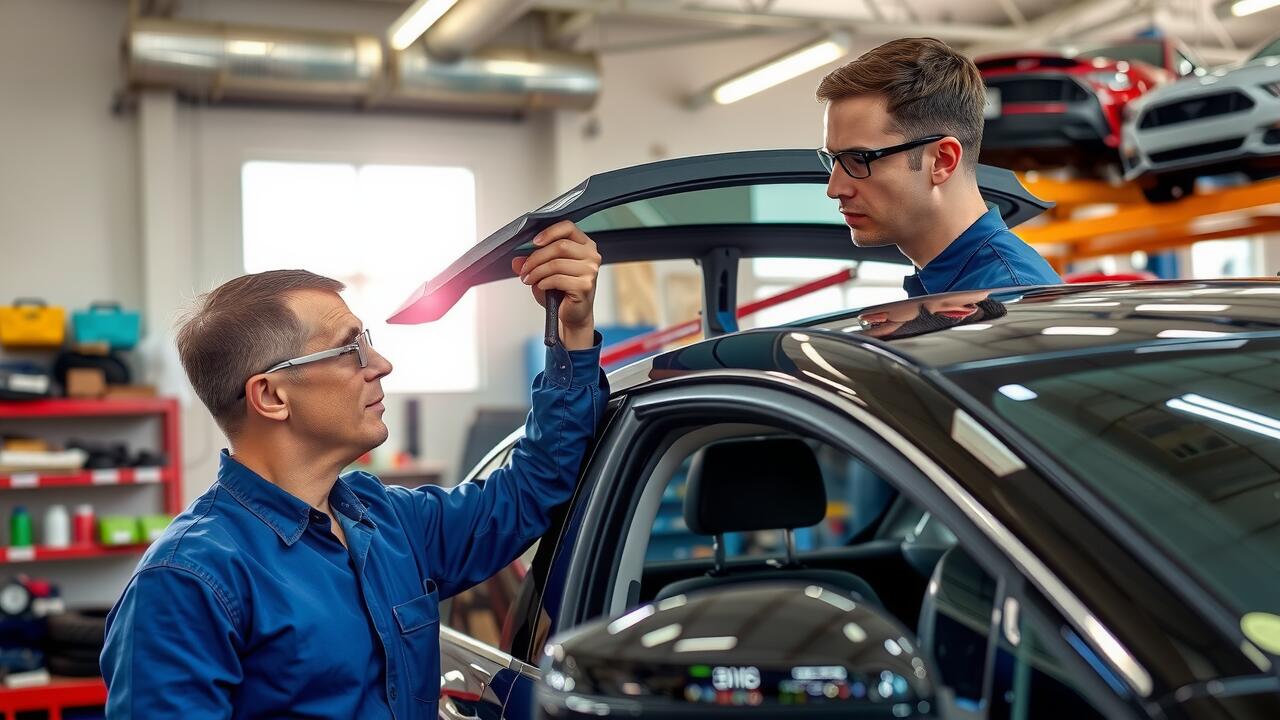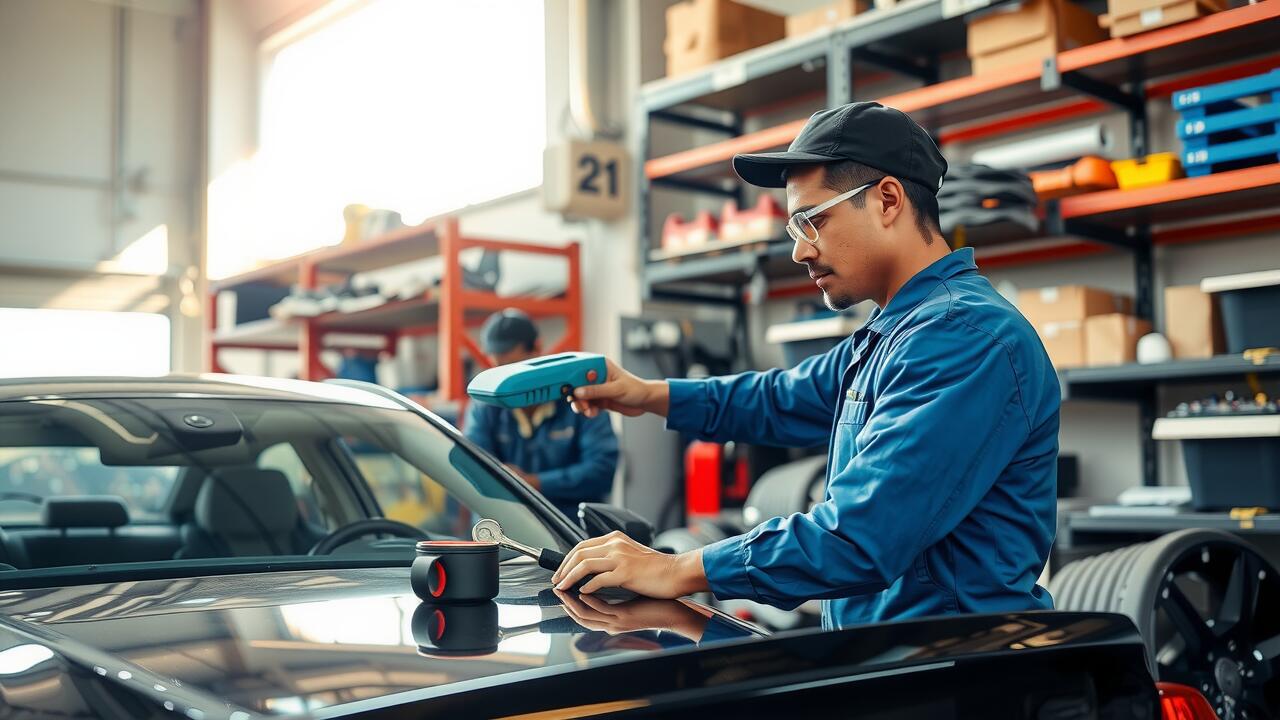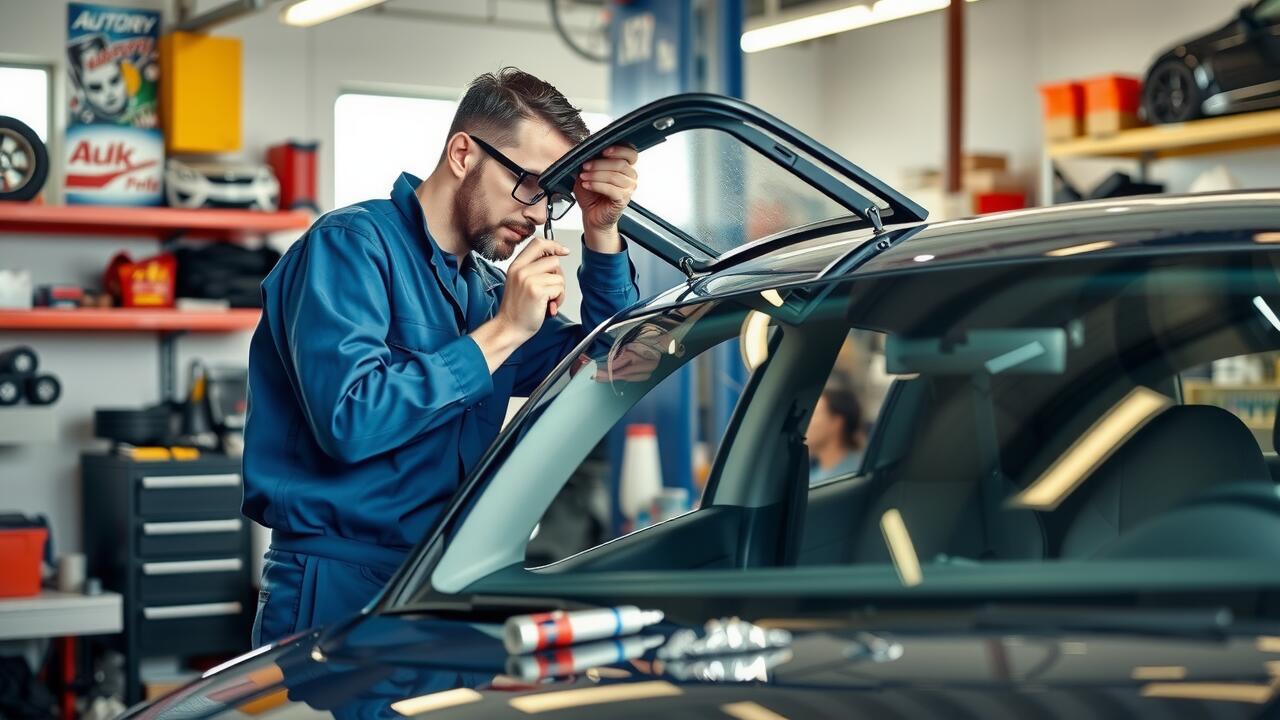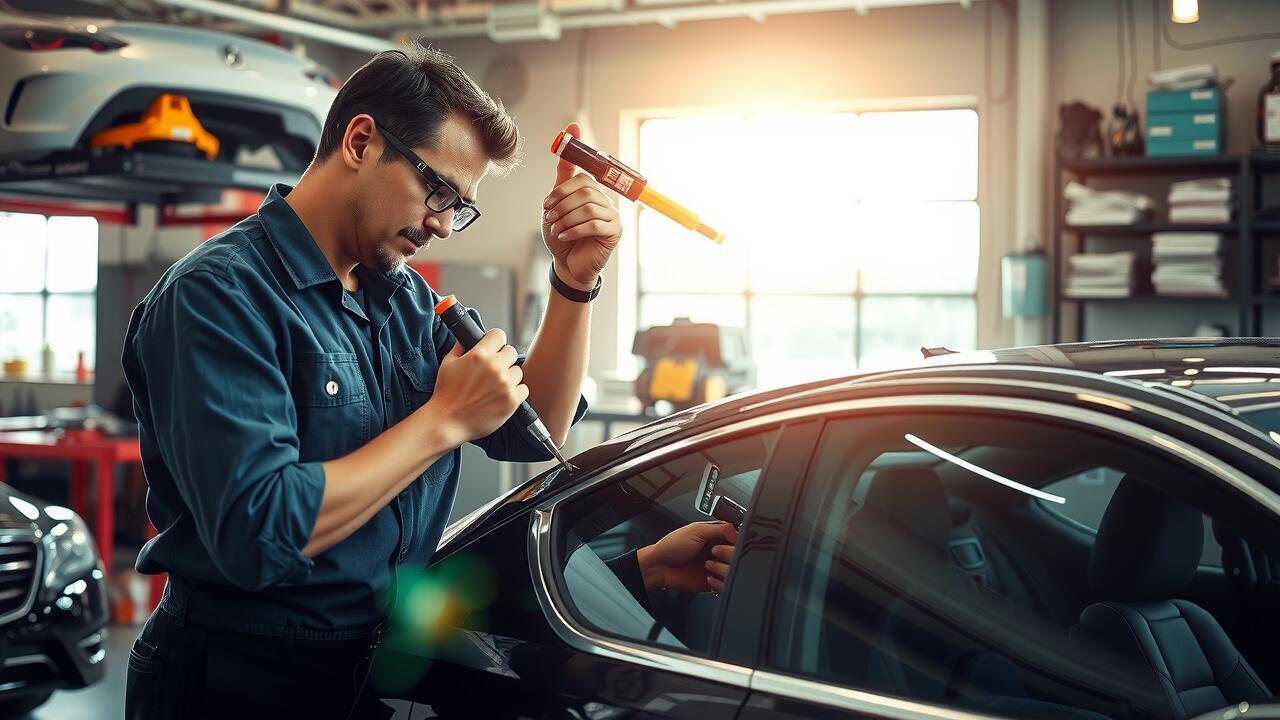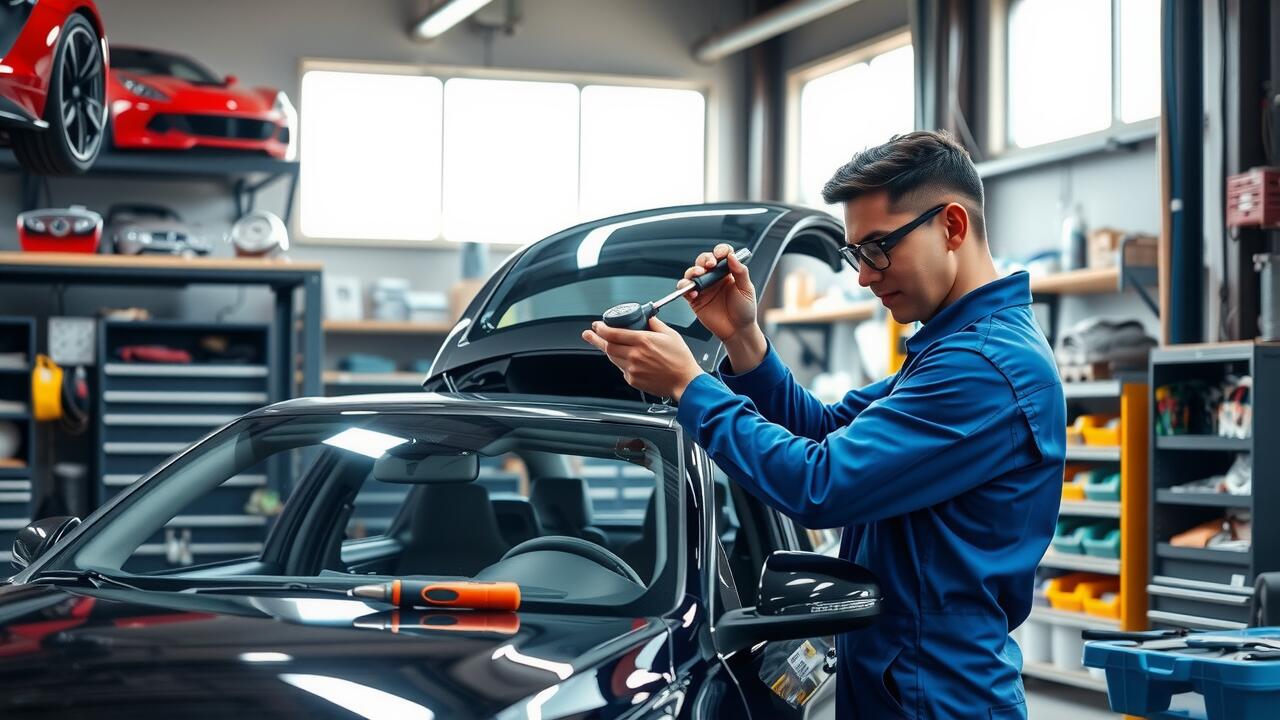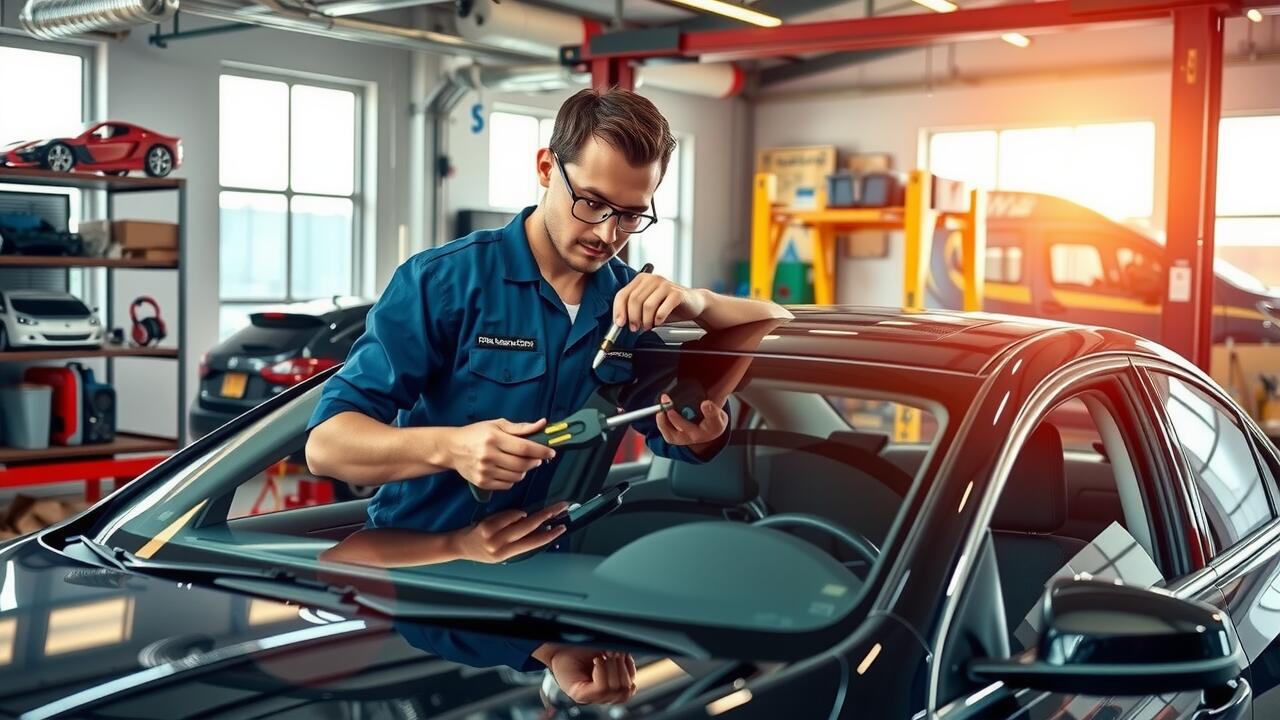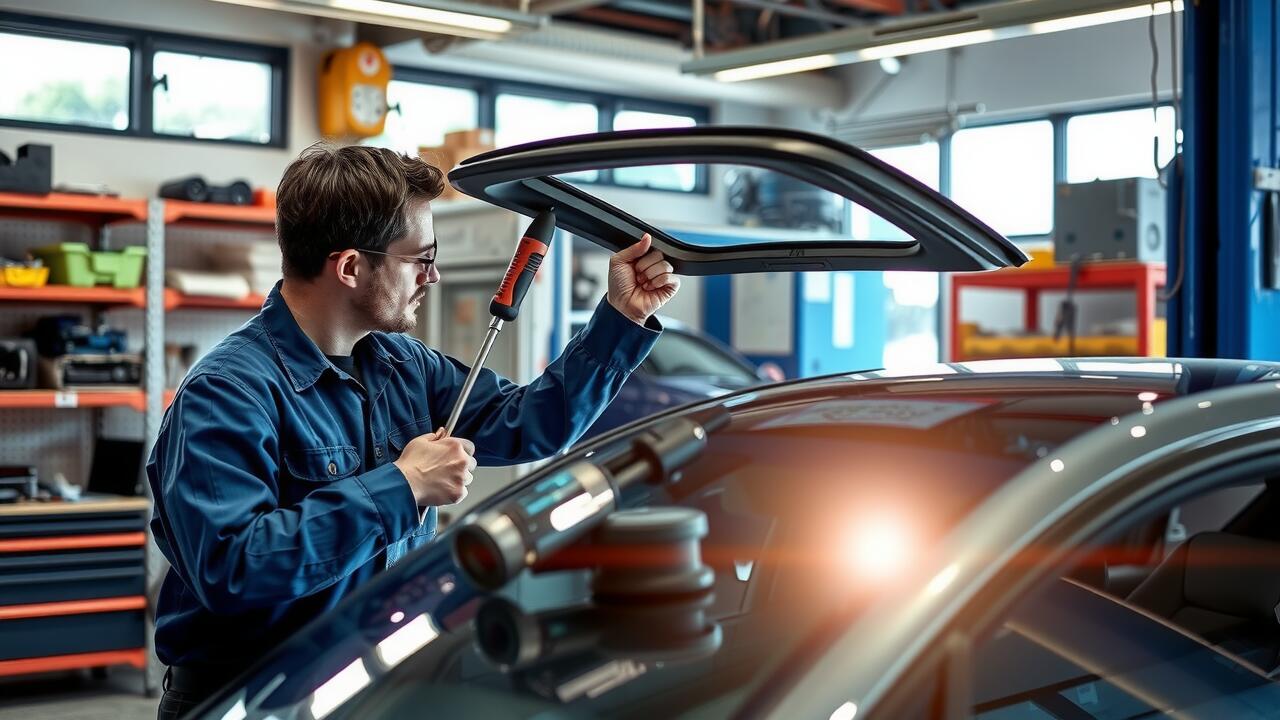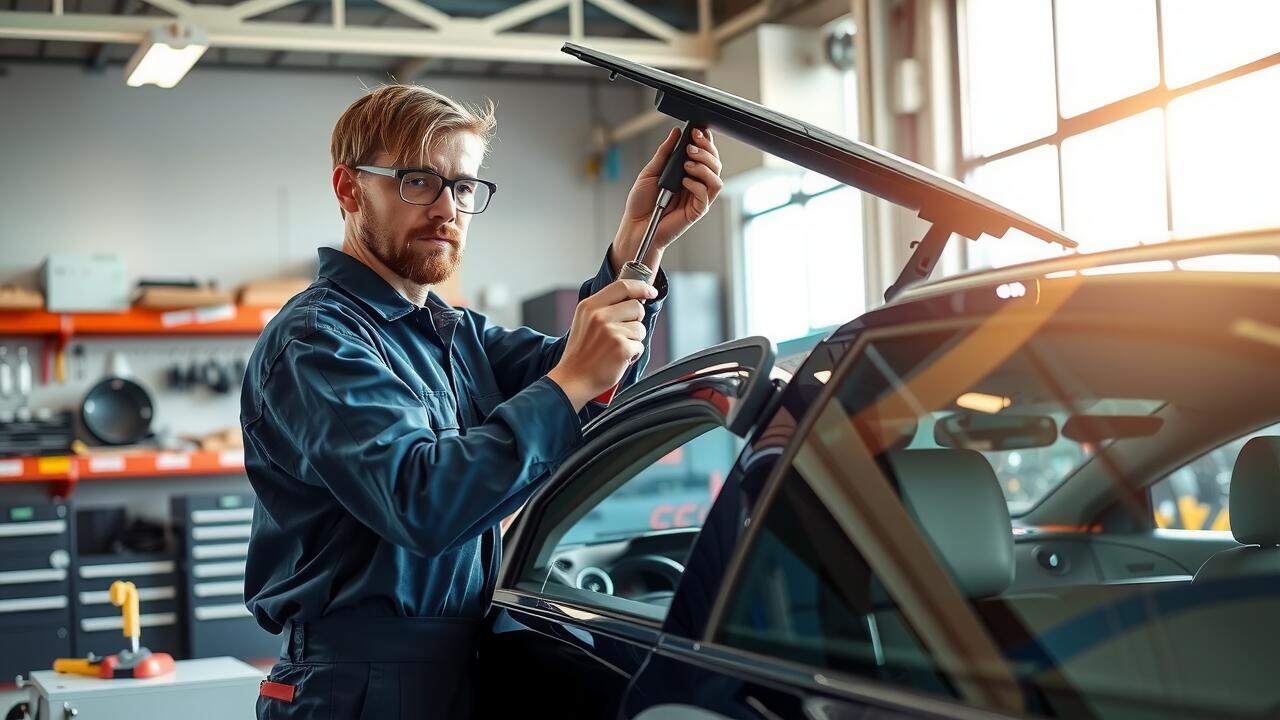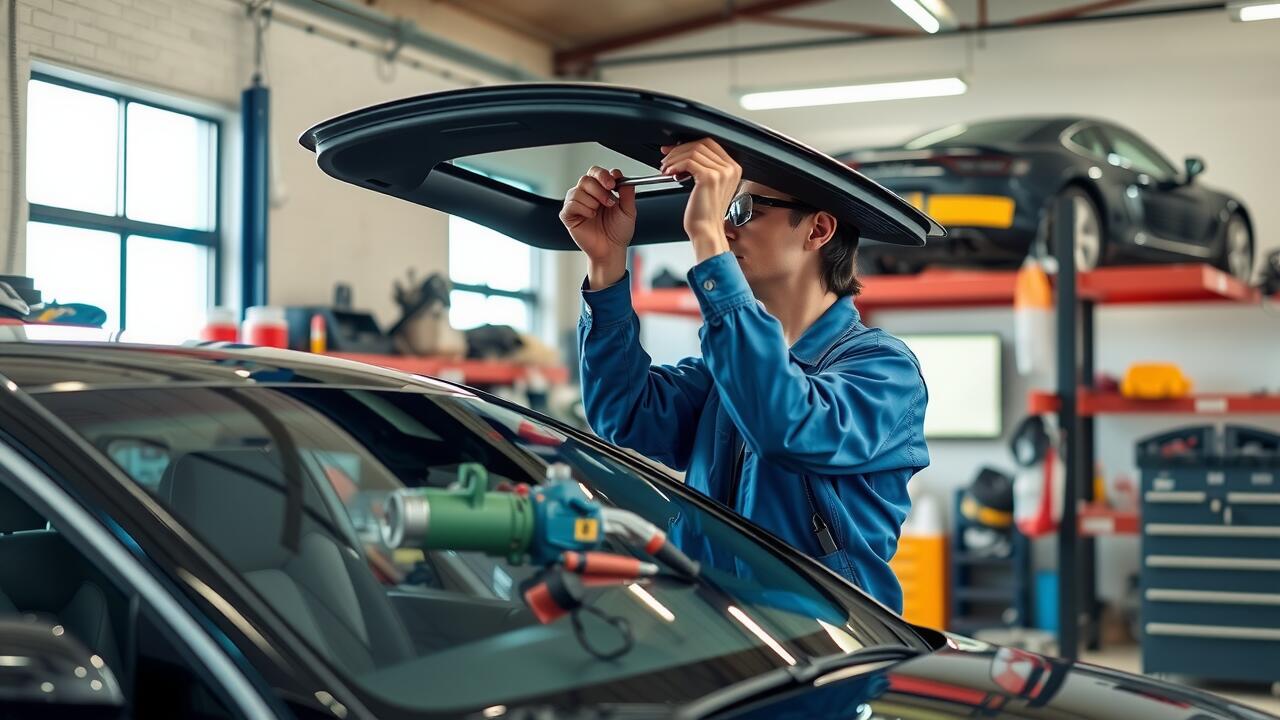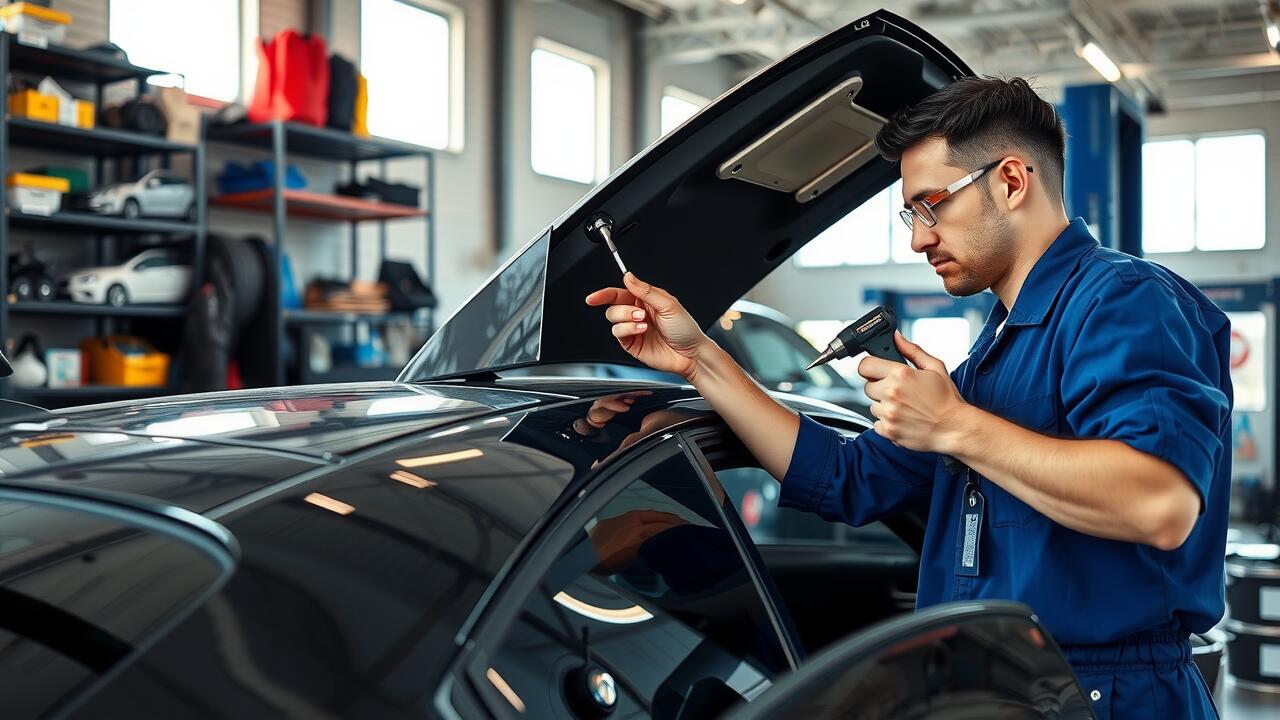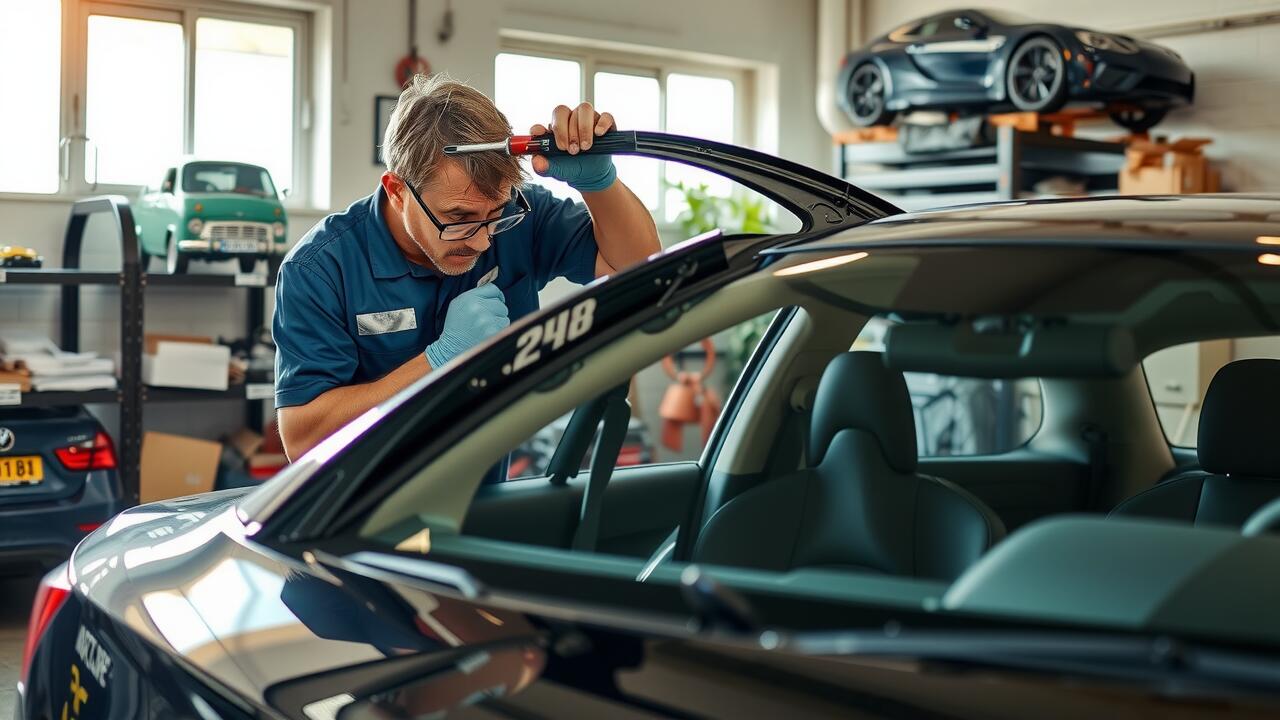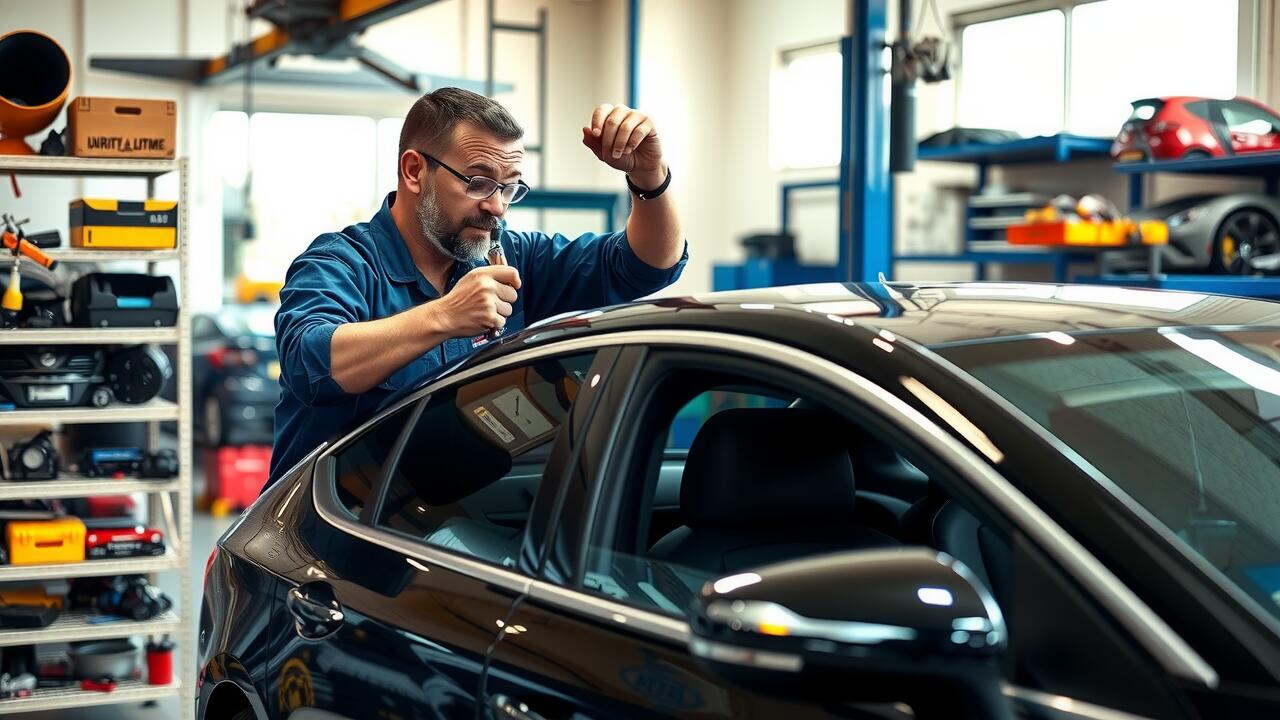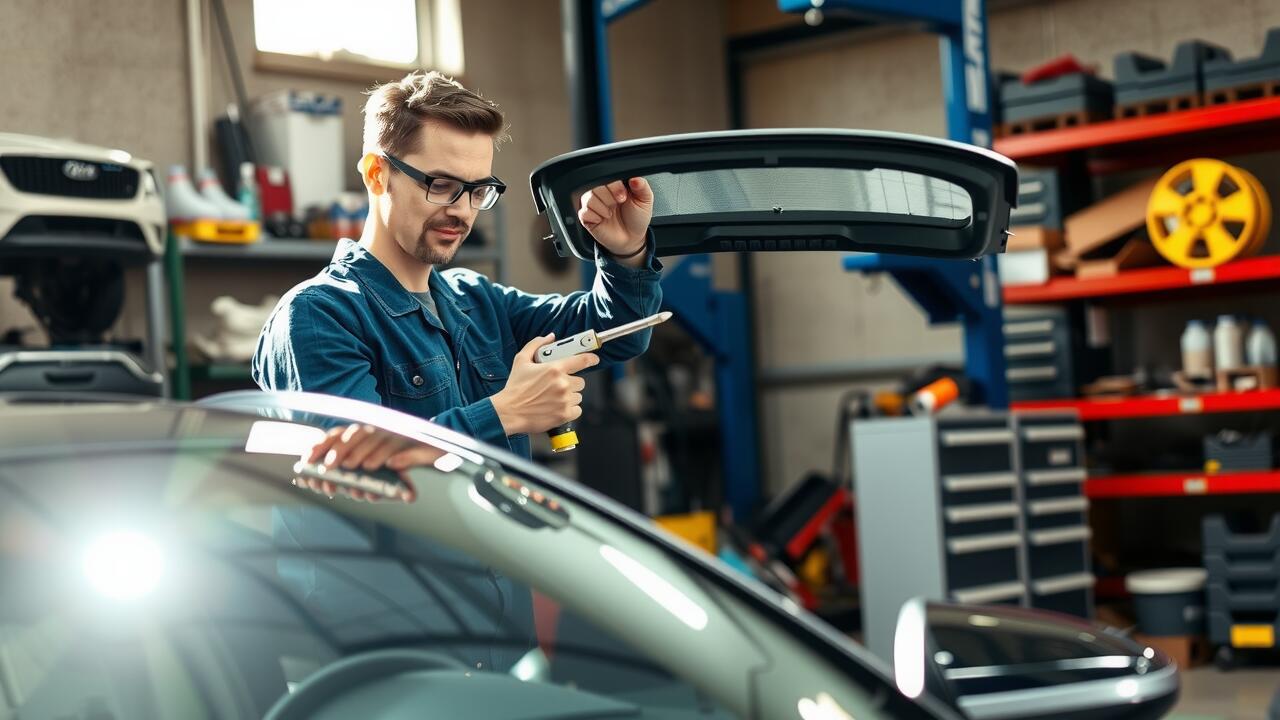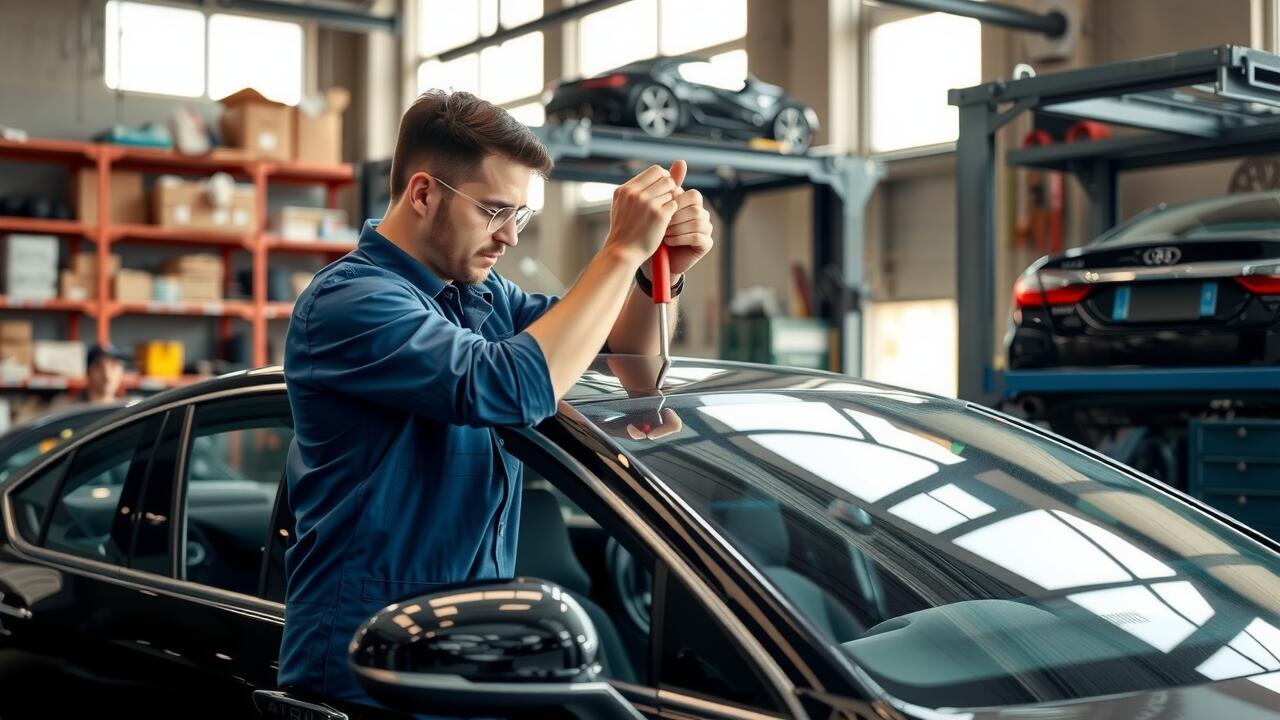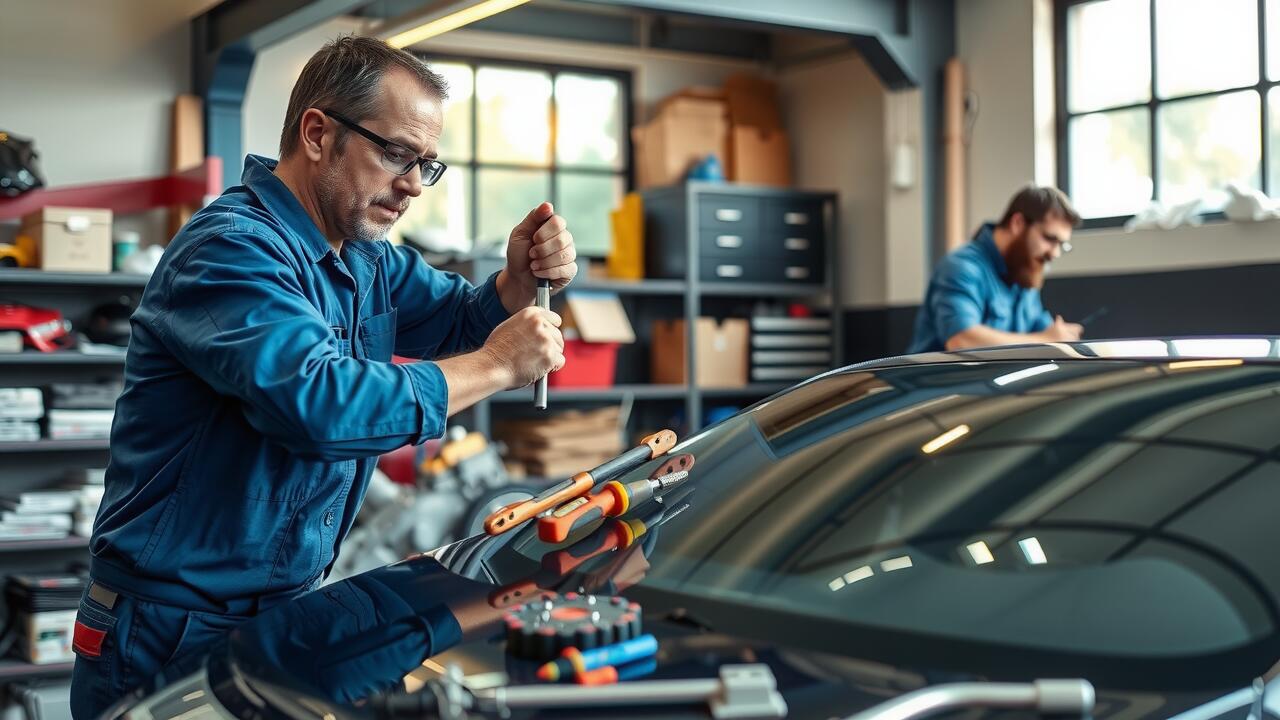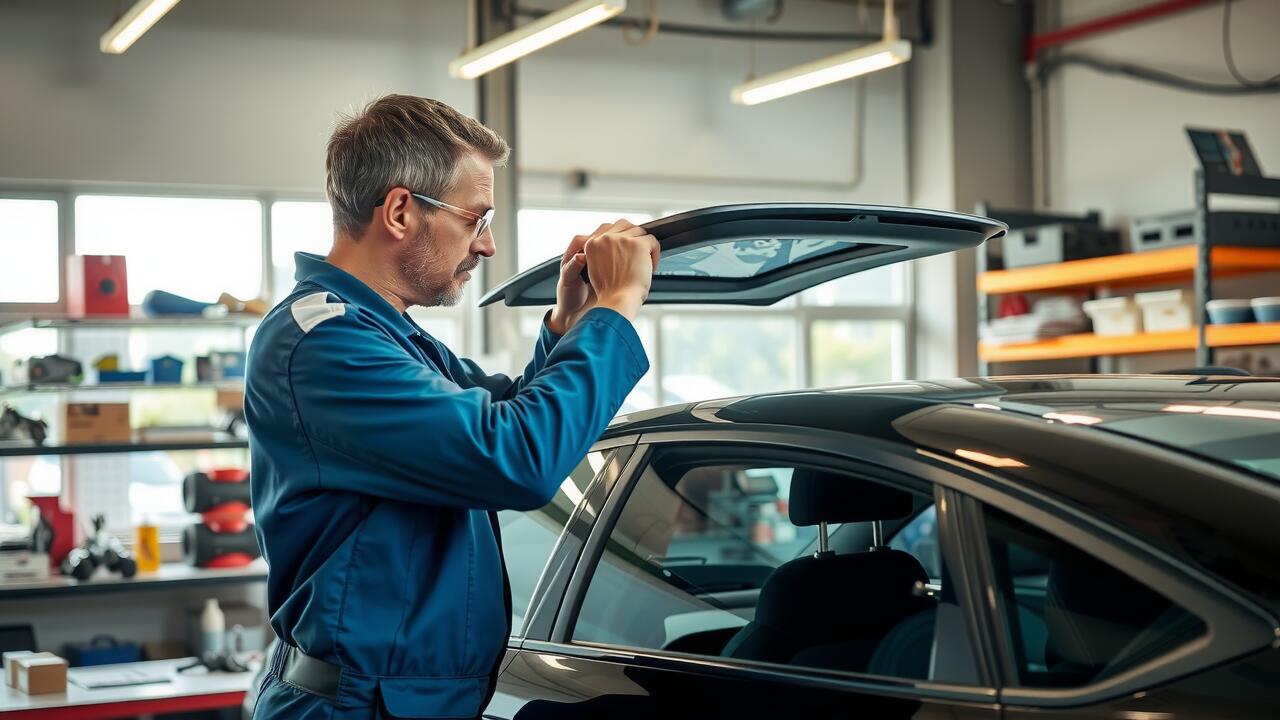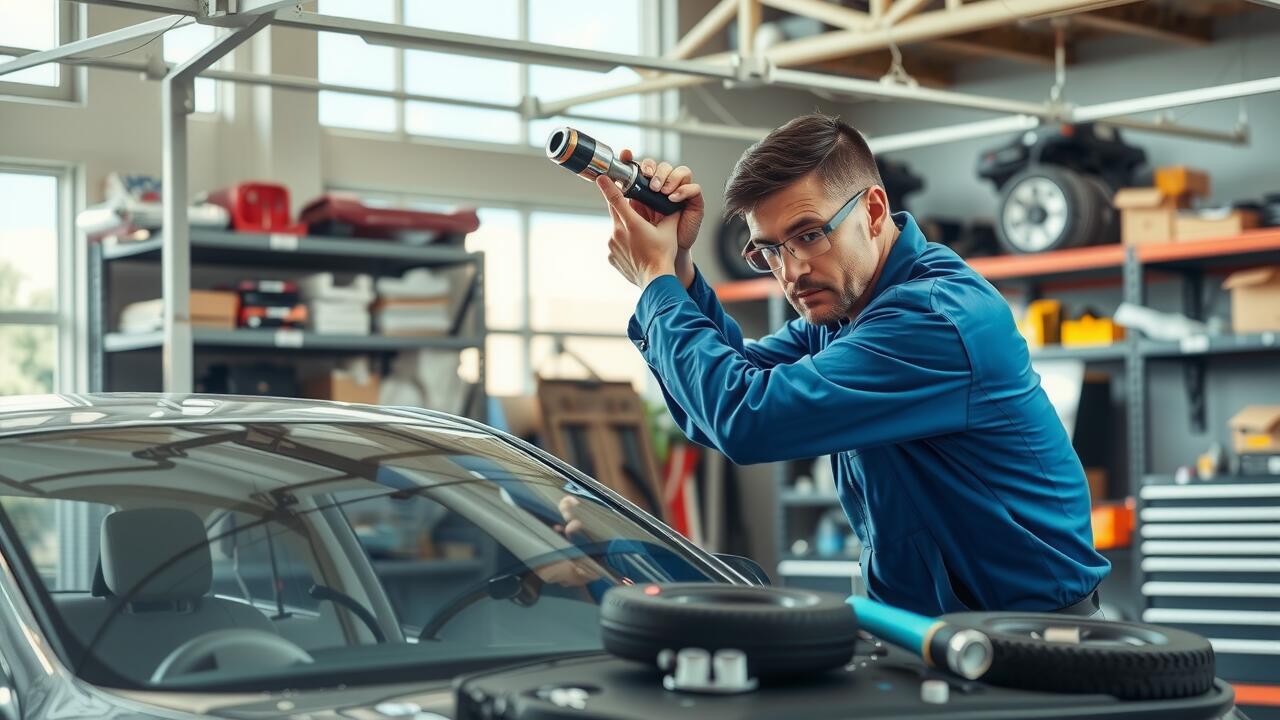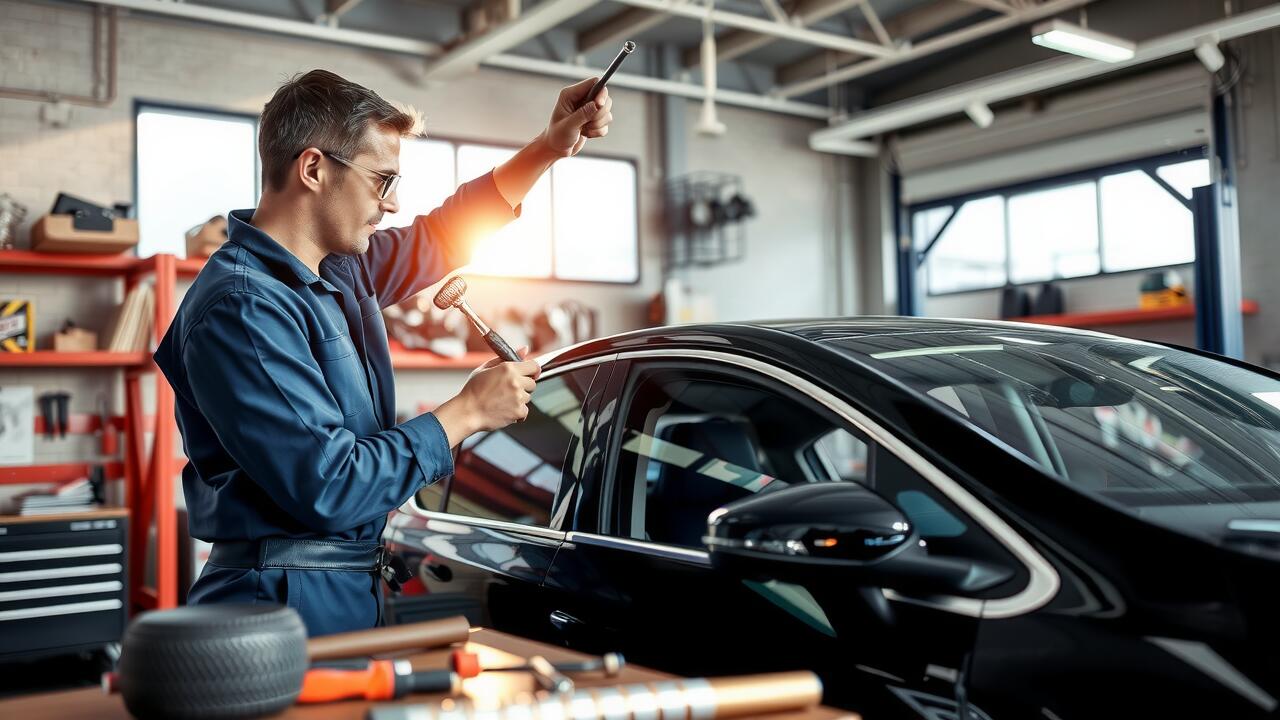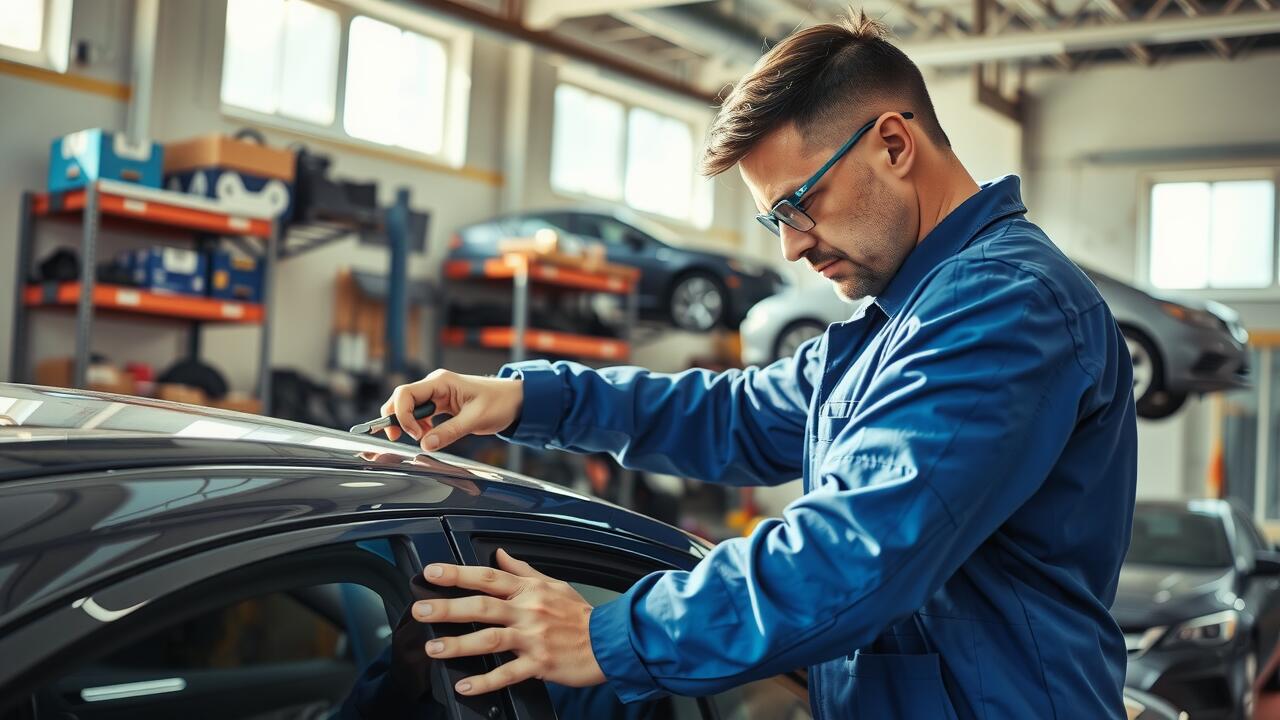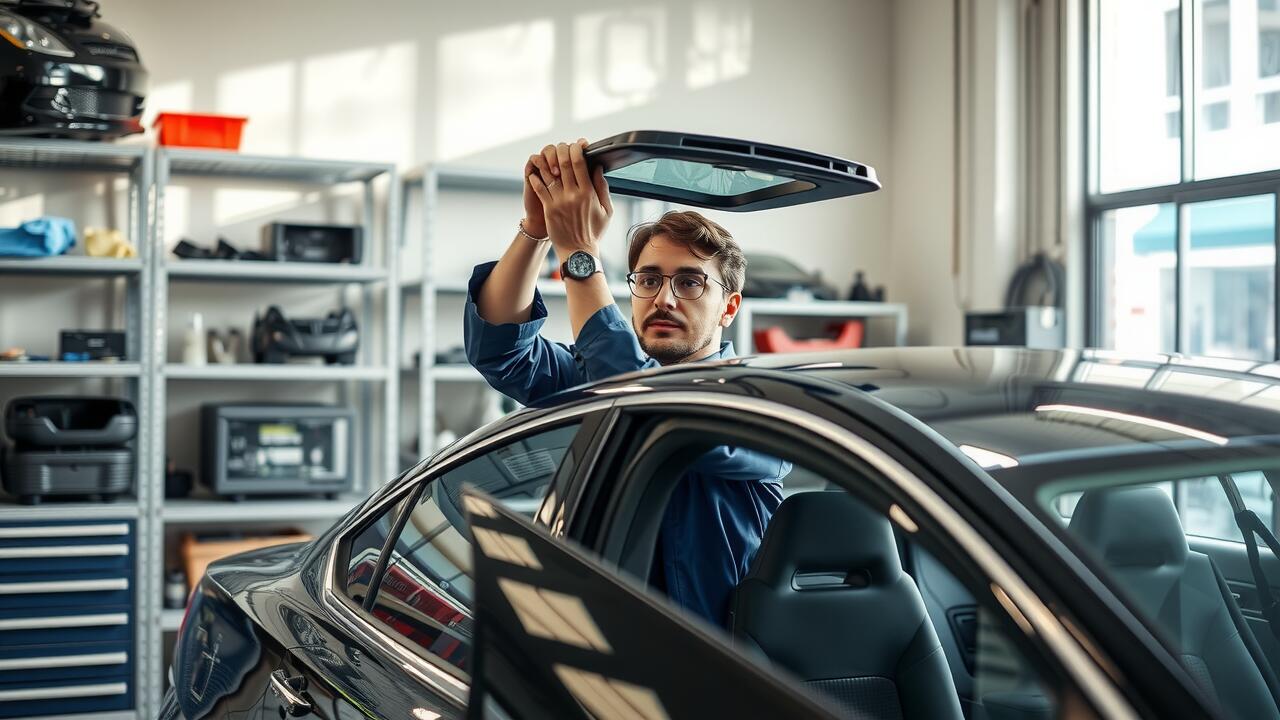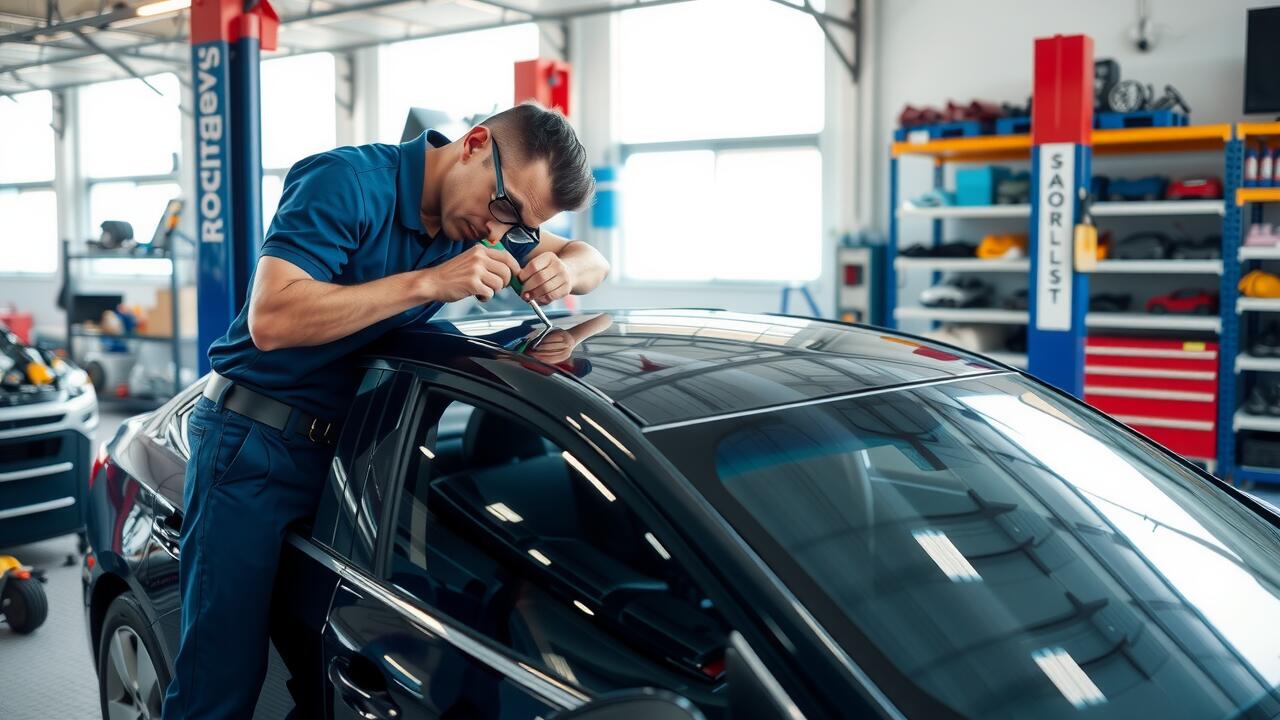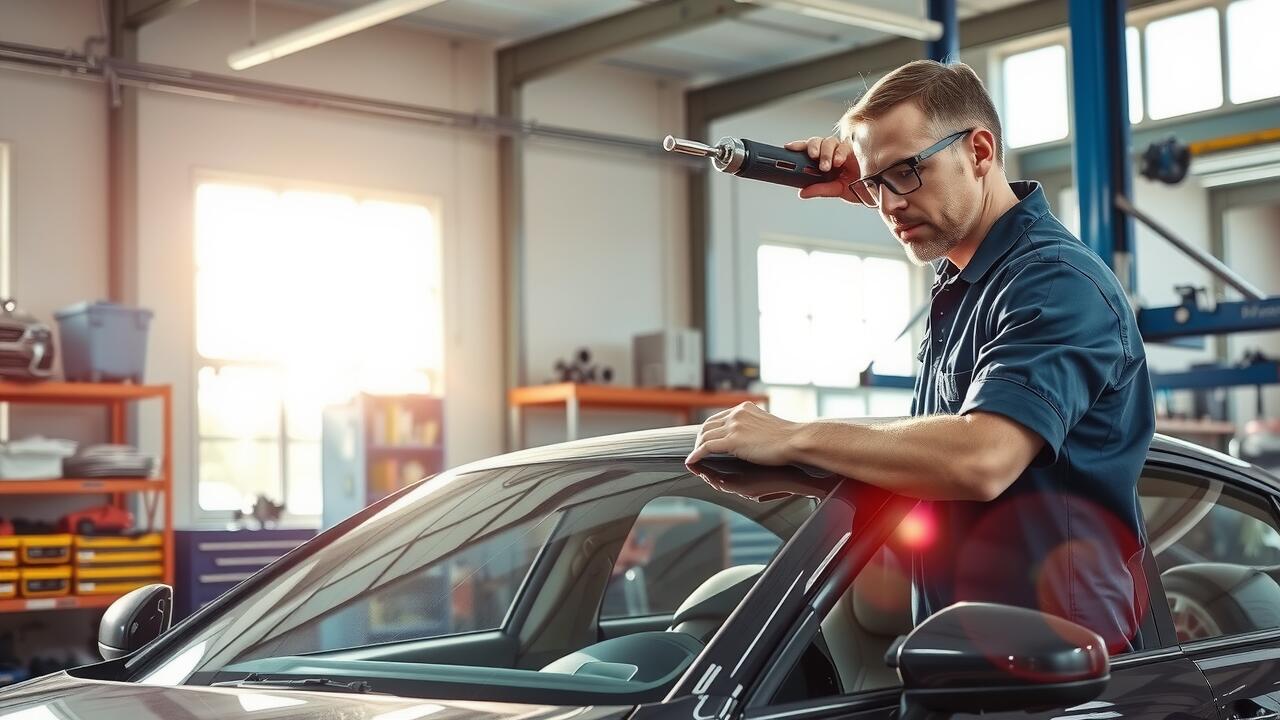
Table Of Contents
Installation Mistakes
Improper installation of a sunroof often leads to significant issues down the line. When a sunroof is not fitted correctly, gaps may form between the glass panel and the roof structure. These gaps provide an entry point for water, creating the potential for leaks. If a technician rushes the installation or overlooks alignment, it can cause severe consequences that compromise the vehicle's integrity.
To rectify installation errors, sunroof seal repair becomes essential. This process involves examining the seals around the sunroof and ensuring they fit snugly against the glass and roof. Replacing worn or damaged seals prevents moisture from seeping in and helps maintain a tight seal. Regular inspections can also catch potential installation mistakes before they escalate into more serious problems.
Consequences of Improper Fitting
Improper fitting of a sunroof can lead to a range of issues that not only compromise the vehicle's integrity but also impact the driver's experience. When a sunroof is not aligned correctly, it creates gaps that allow water to seep into the cabin. This can result in significant damage to the interior, including mould growth, electrical issues, and unpleasant odours. Repairing this damage can be costly and time-consuming, often necessitating professional help.
Furthermore, the need for sunroof seal repair may arise more frequently if the initial installation was flawed. A poorly fitted sunroof may exert uneven pressure on the seals, causing them to wear out prematurely. Regular exposure to the elements can exacerbate this wear, leading to leaks that might not have occurred with a properly installed sunroof. As a result, vehicle owners may find themselves spending more on maintenance than they anticipated.
Environmental Factors
Weather plays a significant role in the integrity of sunroofs. Rain and extreme temperatures can cause the materials around the sunroof to expand and contract, leading to wear over time. The rubber seals, designed to keep moisture out, can degrade under prolonged exposure to the elements. High humidity can also contribute to mould build-up, making it essential for vehicle owners to ensure that their sunroof seals remain in good condition.
Wind and debris can exacerbate existing issues. When driving, strong gusts can force leaves and dirt into the sunroof channels, obstructing proper drainage. This accumulation can lead to pooling water, increasing the likelihood of leaks. Regular inspection and prompt sunroof seal repair are necessary to combat these environmental factors and maintain a leak-free experience.
How Weather Influences Leak Risks
Weather conditions play a significant role in the likelihood of sunroof leaks. Prolonged exposure to heavy rain can lead to water accumulating in areas around the sunroof, especially if drainage systems become clogged. High temperatures may also cause the rubber seals to become dry and brittle, which compromises their ability to provide a watertight seal. Frequent changes in temperature can exacerbate these issues, leading to eventual wear and tear.
Wind and debris can worsen the situation by introducing harmful agents that damage the seal. Additionally, fluctuating weather patterns may cause unanticipated leaks, even in vehicles that have been well-maintained. Addressing issues promptly with sunroof seal repair is essential to prevent more extensive damage. Regular inspections can help identify potential problems before they lead to serious leaks.
Maintenance Practices
Regular maintenance of a sunroof is crucial for preventing leaks over time. Owners should inspect the sunroof seal periodically to identify signs of wear or damage. Dirt and debris can accumulate in the tracks or around the seal, leading to blockages that may prevent proper drainage. Keeping these areas clean can help to ensure that water flows away from the sunroof effectively. Any noticeable tears or cracks in the seal should be addressed immediately to avoid more significant issues.
When issues are detected, timely sunroof seal repair is essential to maintain the integrity of the sunroof. Neglecting small problems can result in larger leaks, which may cause water damage inside the vehicle. It is advisable to use high-quality materials for any repairs to ensure long-lasting results. Regular checks and prompt attention to minor repairs can effectively prolong the lifespan of the sunroof and ensure a watertight seal.
Routine Checks and Care
Regular maintenance of your sunroof is crucial to prevent leaks and ensure optimal functionality. Checking the sunroof seals for wear and tear is a simple yet effective practice. Rubber seals can degrade over time due to exposure to the sun and various weather conditions. The accumulation of debris can also hinder the drainage system, leading to potential leaks. Routine inspections can help identify any issues early on, allowing for timely repairs to be made.
When signs of wear are evident, sunroof seal repair should be a priority. Replacing worn or damaged seals not only helps to prevent water ingress but can also improve the insulation and overall performance of the sunroof. Maintaining the drainage channels by keeping them clean is essential as well. Regularly clearing out any blockages can further reduce the risk of leaks and preserve the sunroof’s efficiency.
FAQS
What are common installation mistakes that can cause sunroofs to leak?
Common installation mistakes include improper sealing, misalignment of the sunroof frame, and using incorrect adhesives or materials. These errors can lead to gaps that allow water to enter the vehicle.
How can improper fitting of a sunroof affect my car?
Improper fitting can lead to water leaking into the cabin, causing water damage, mould growth, and electrical issues. It can also compromise the structural integrity of the sunroof, making it more susceptible to future leaks.
What environmental factors contribute to sunroof leaks?
Environmental factors such as heavy rain, hail, snow, and extreme temperature fluctuations can contribute to sunroof leaks. These conditions can weaken seals and cause materials to expand or contract, leading to gaps.
How does weather influence the risks of sunroof leaks?
Weather influences leak risks significantly; for instance, heavy rainfall can overwhelm drainage systems, while freezing temperatures can cause seals to become brittle and crack. Both conditions increase the likelihood of water intrusion.
What maintenance practices can help prevent sunroof leaks?
Regular maintenance practices include performing routine checks on seals and drains, cleaning debris from drainage channels, and ensuring that the sunroof operates smoothly. Addressing small issues promptly can prevent larger leaks from developing.

